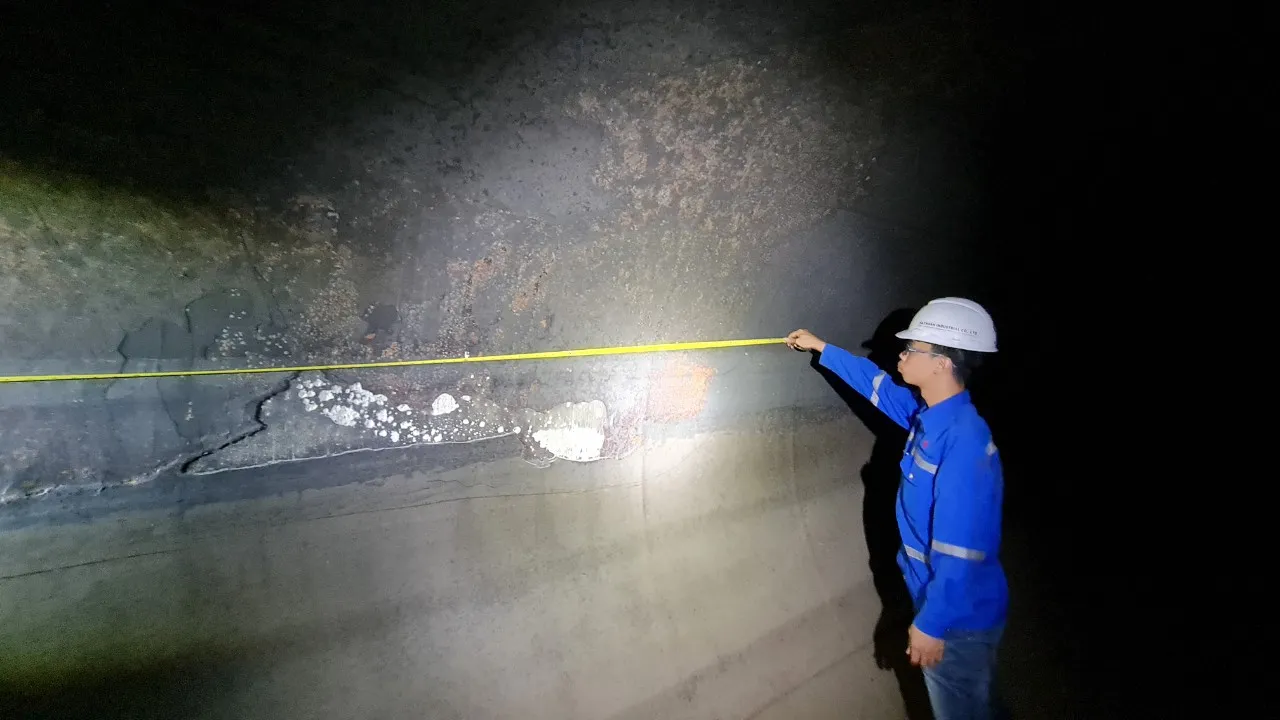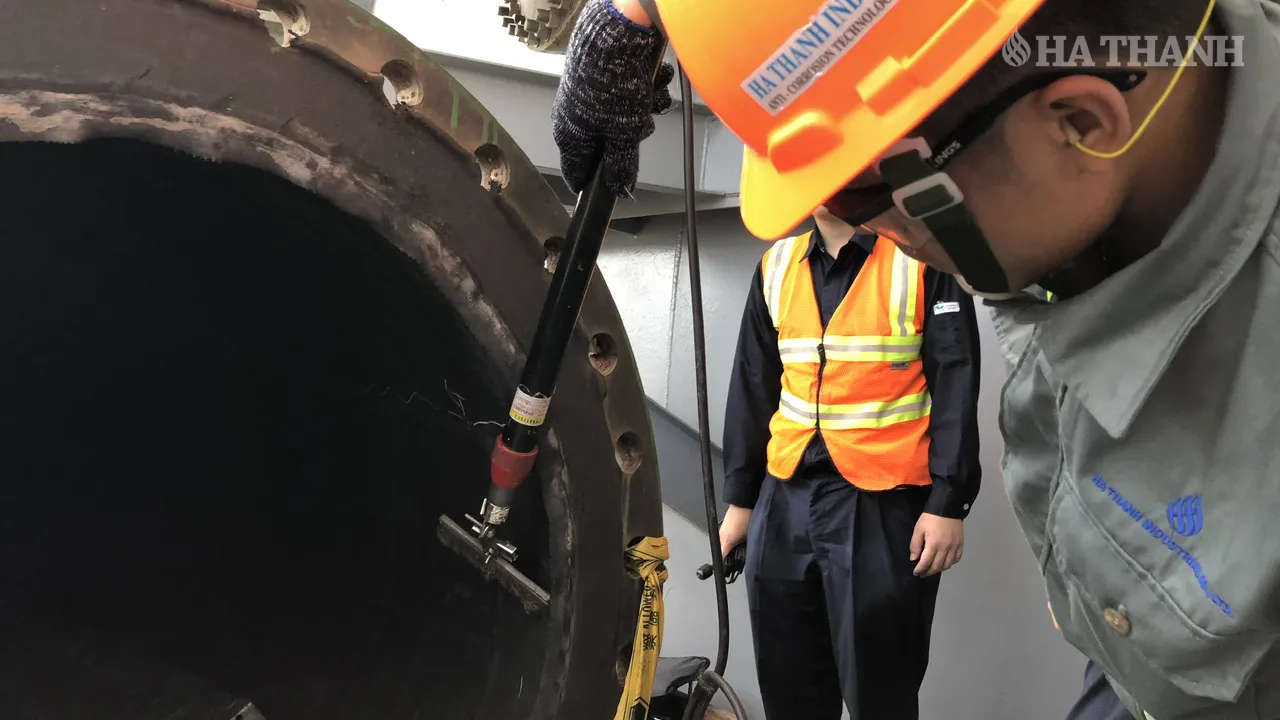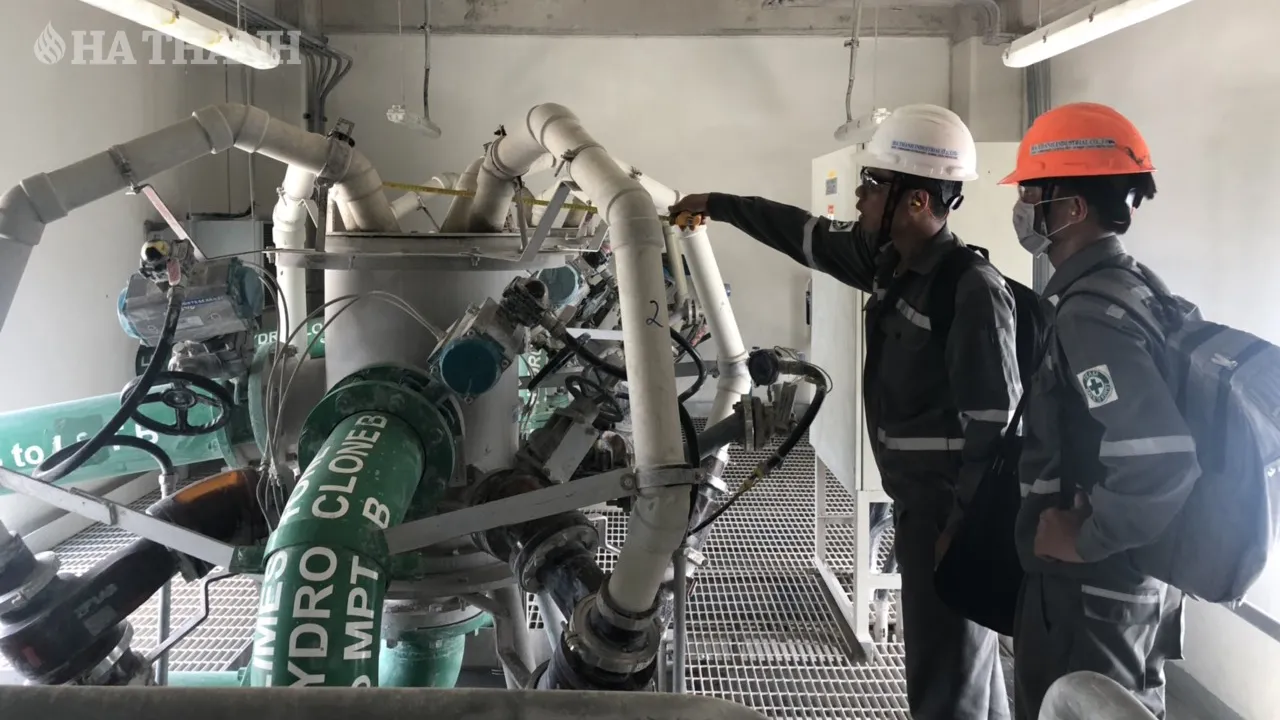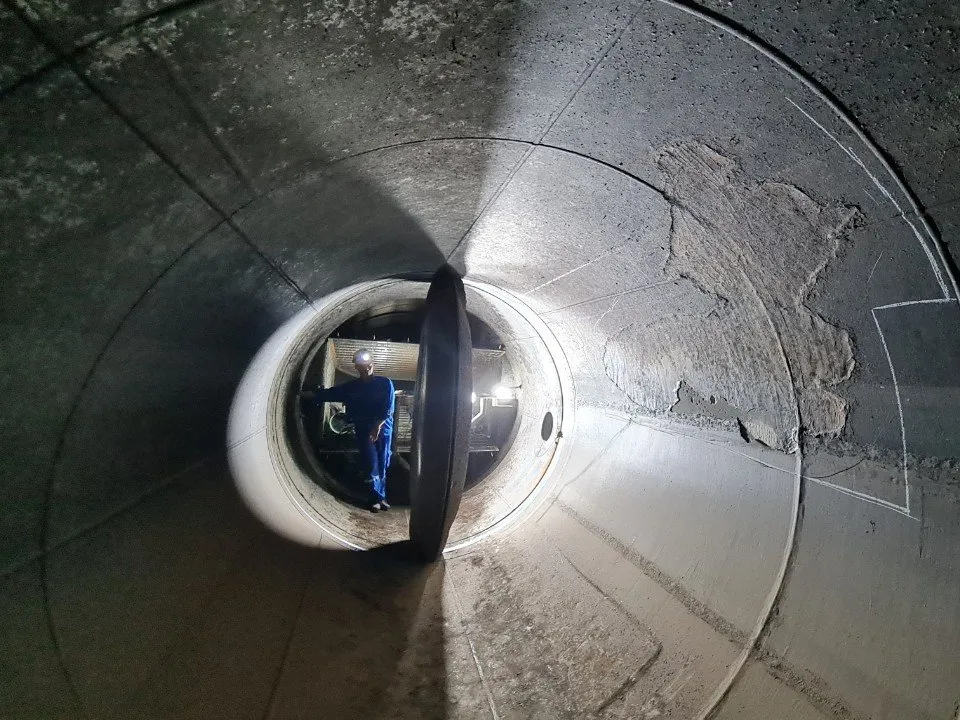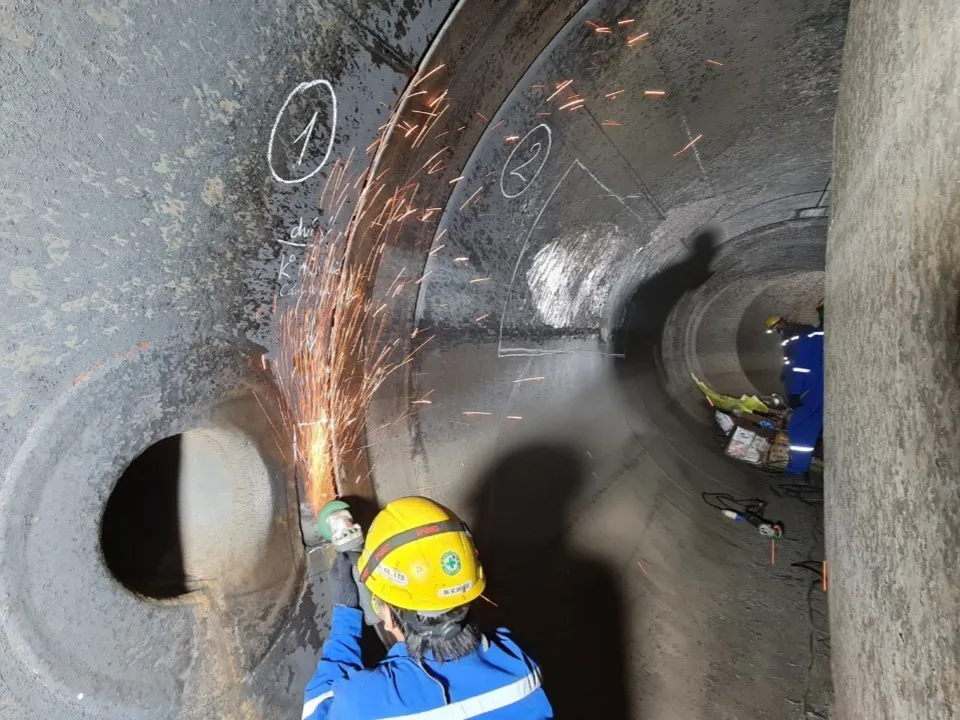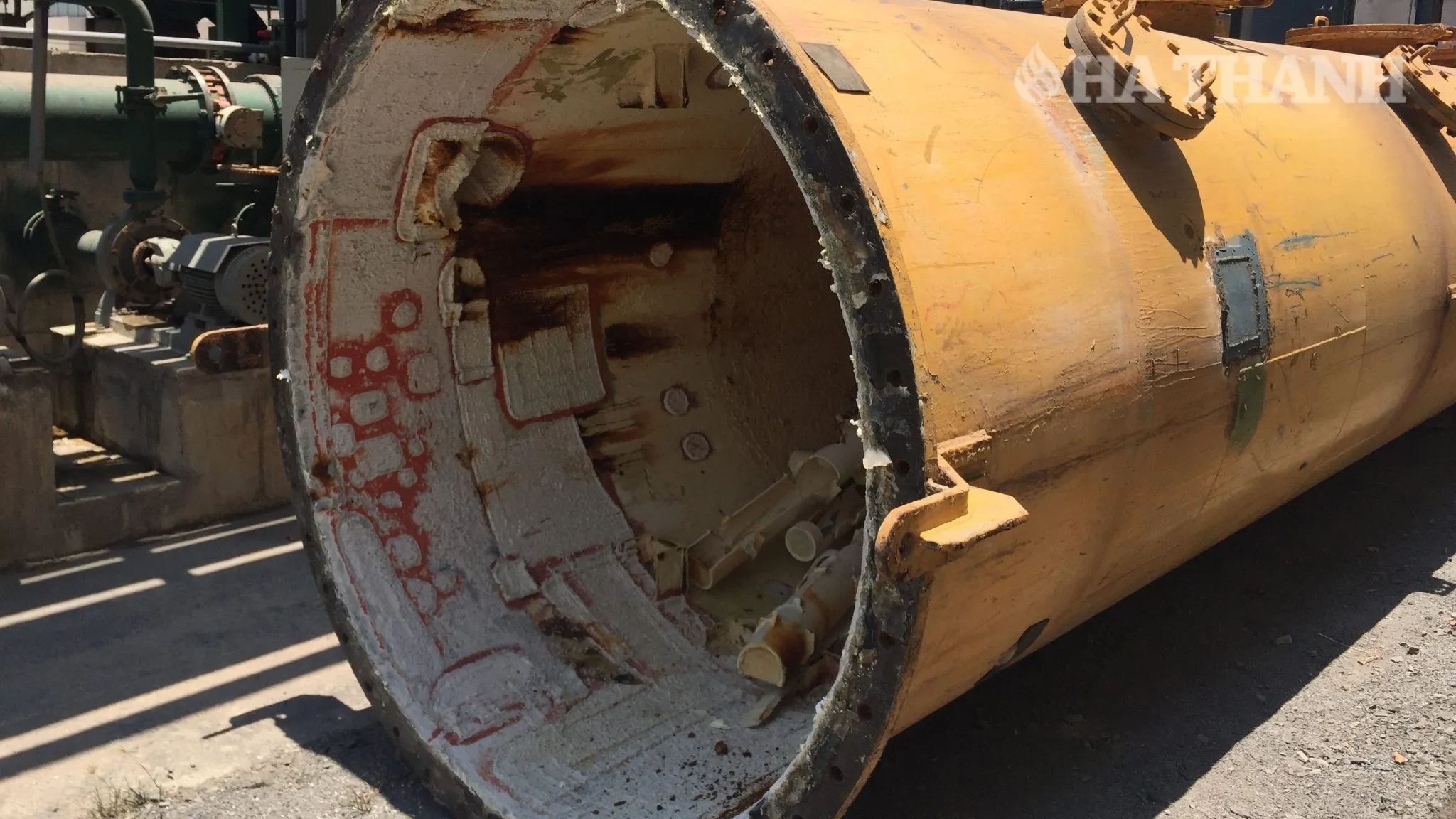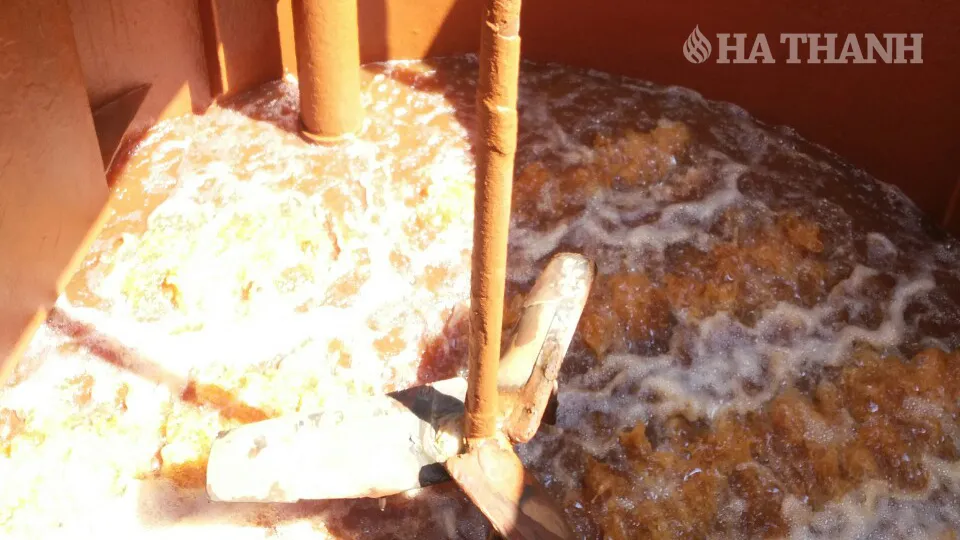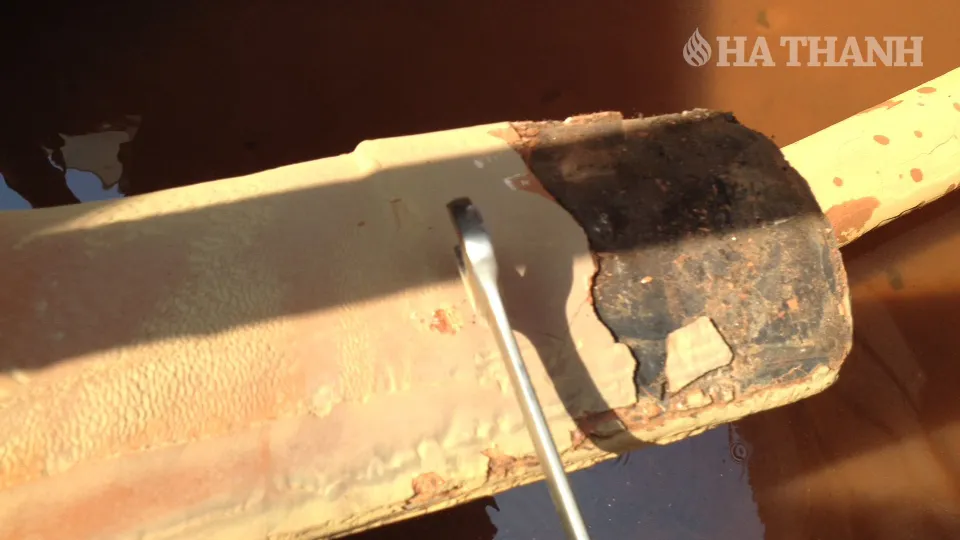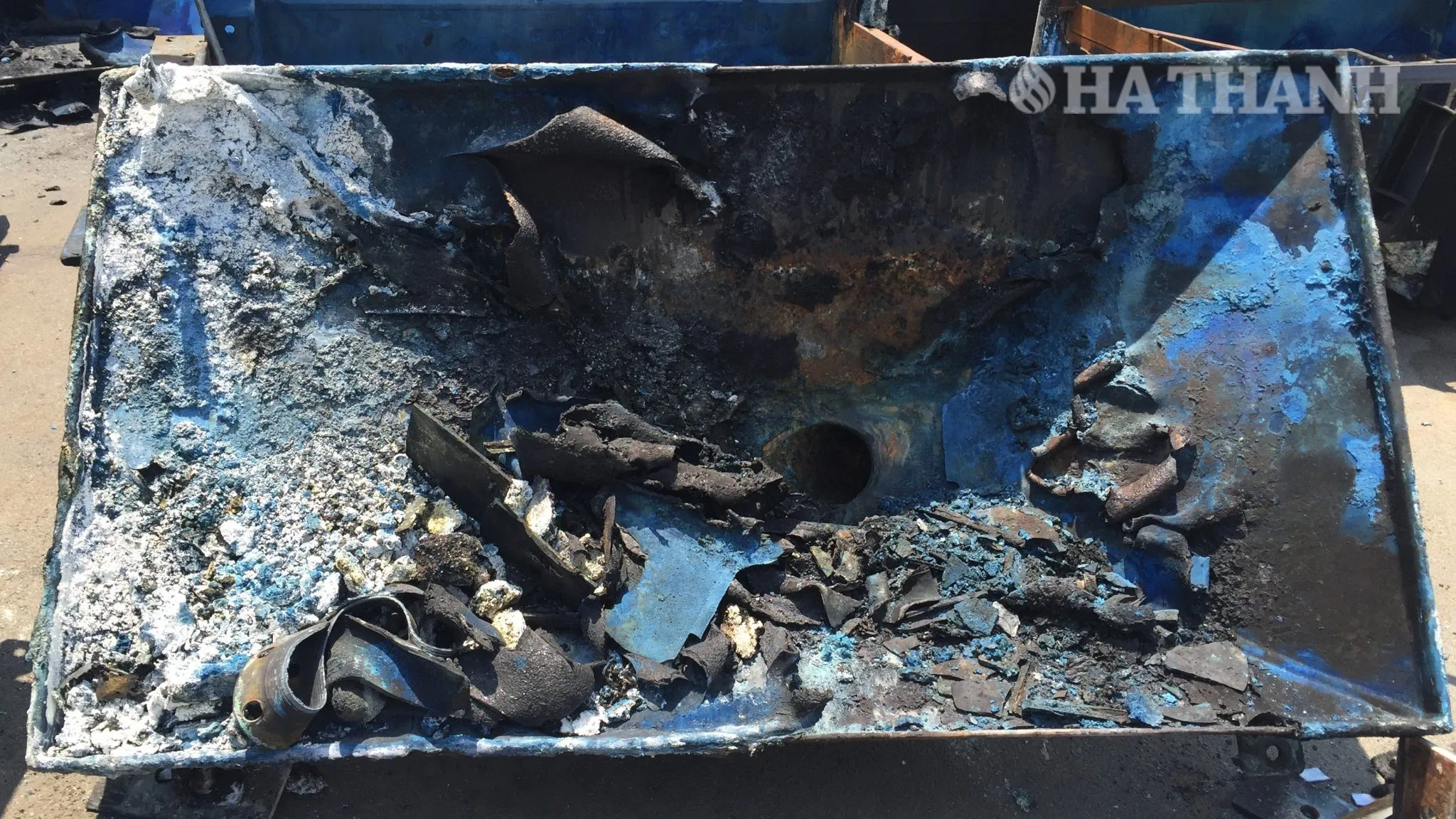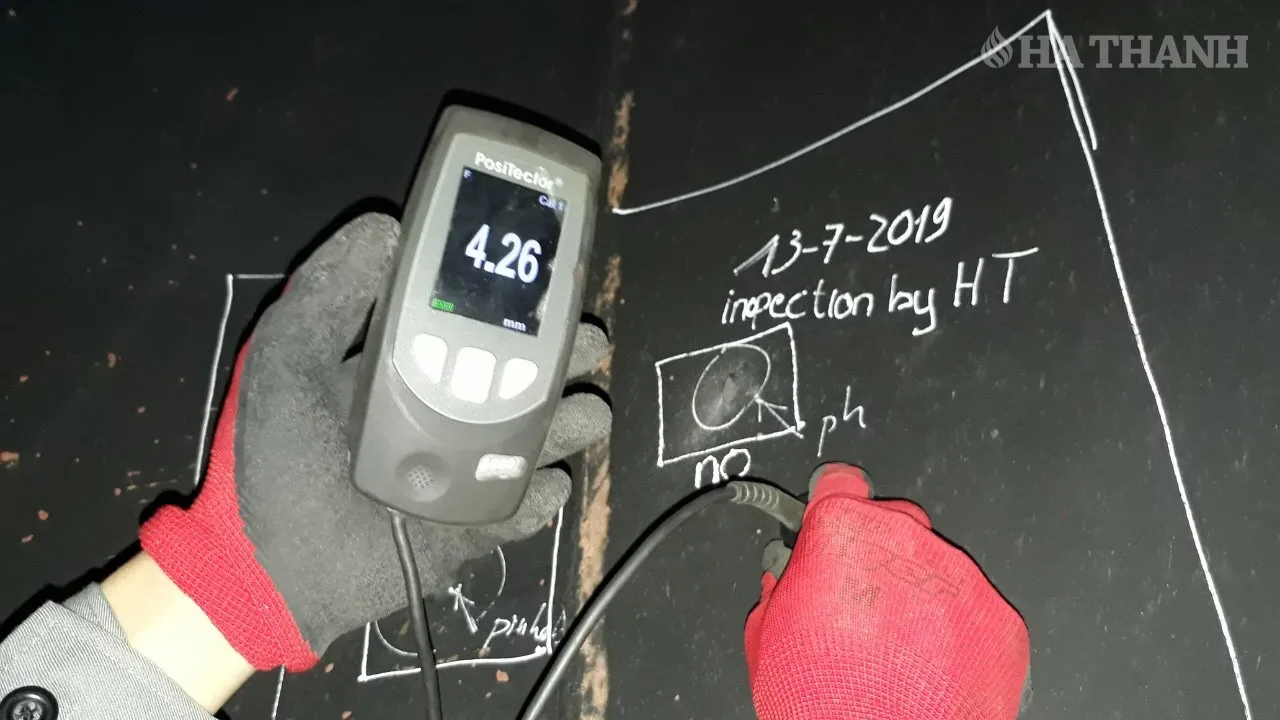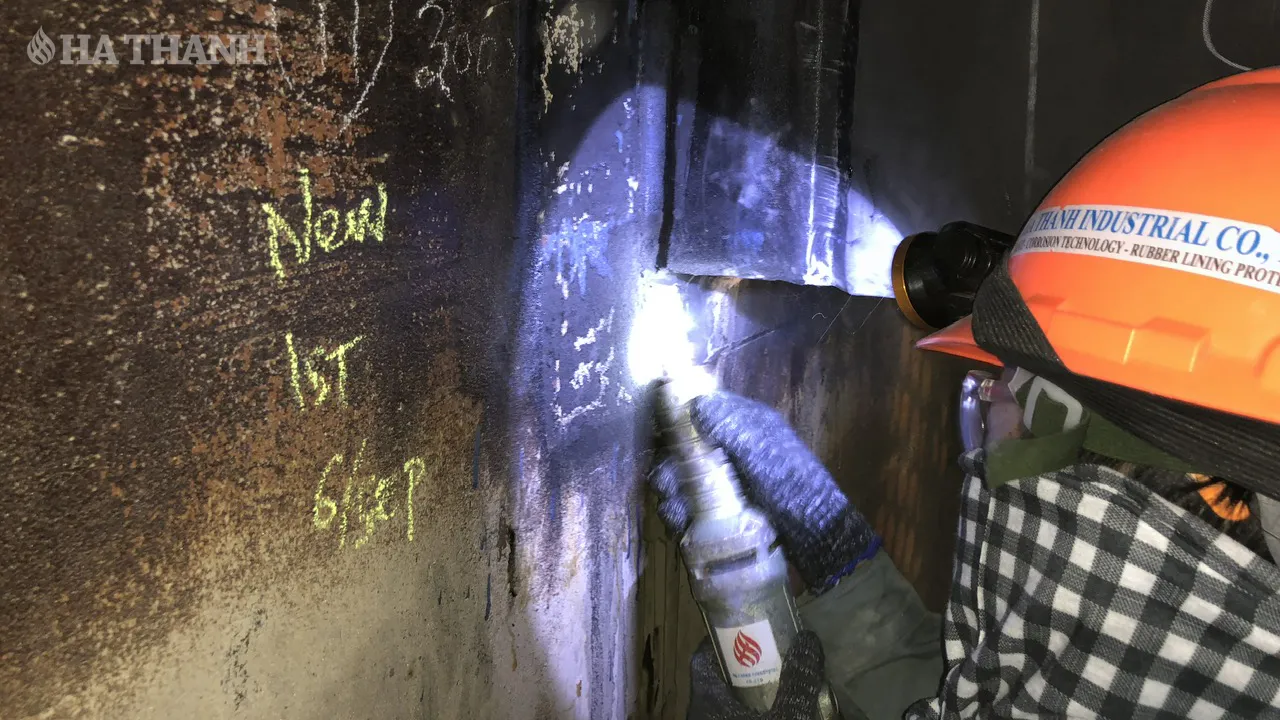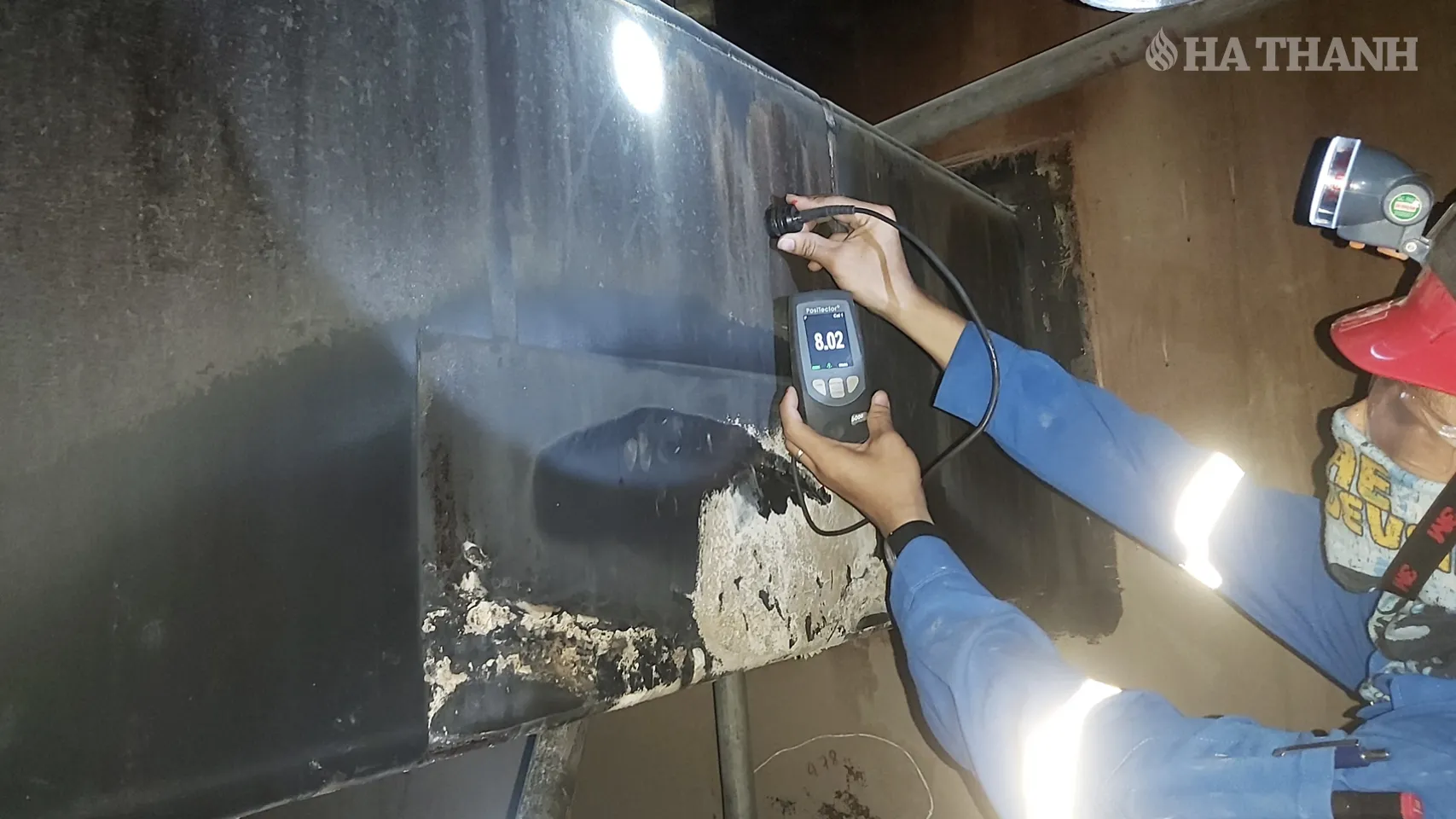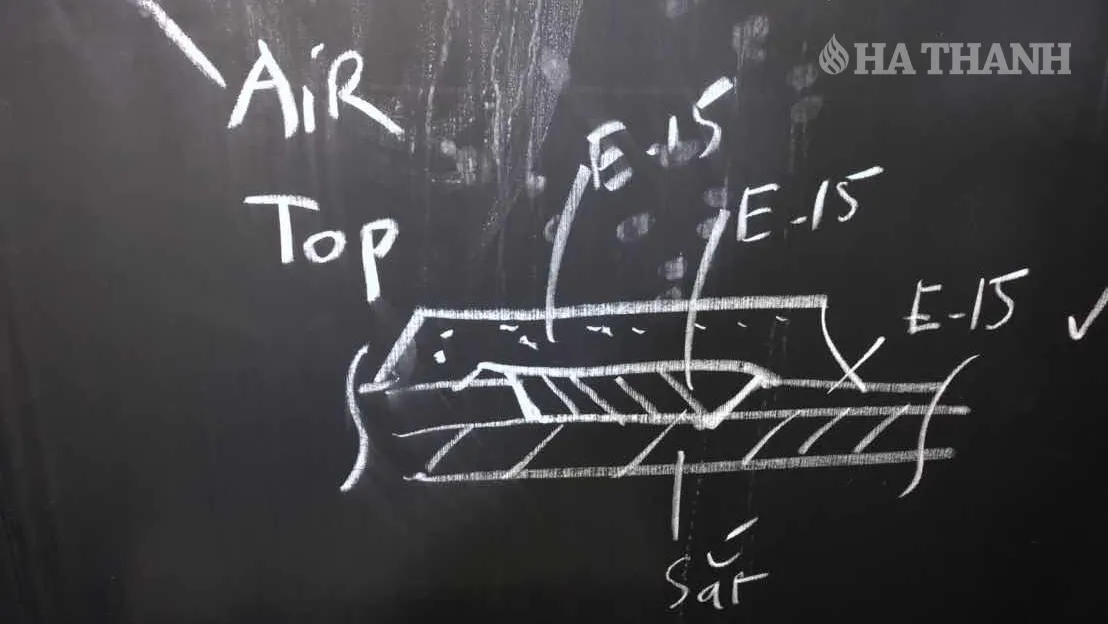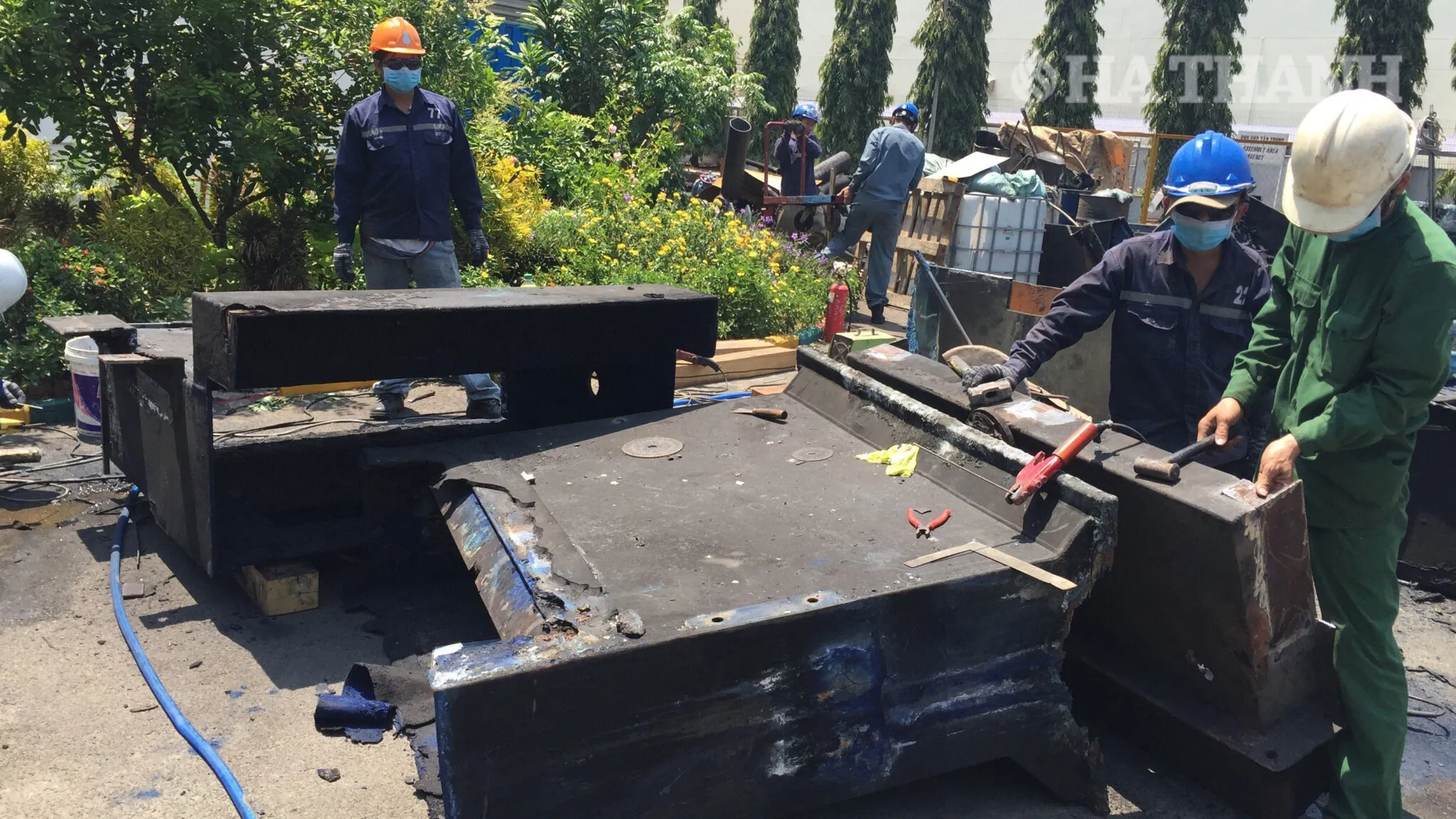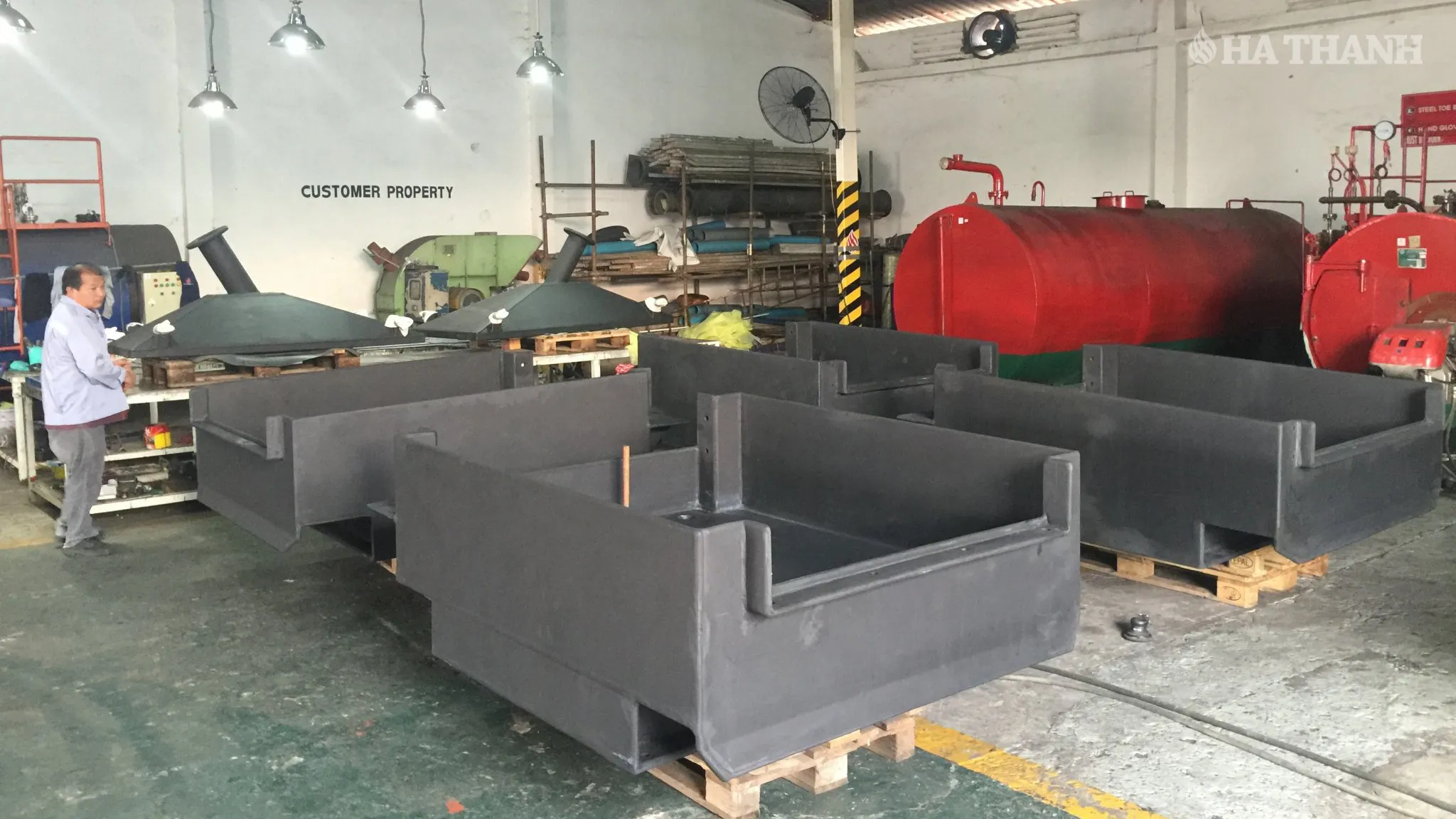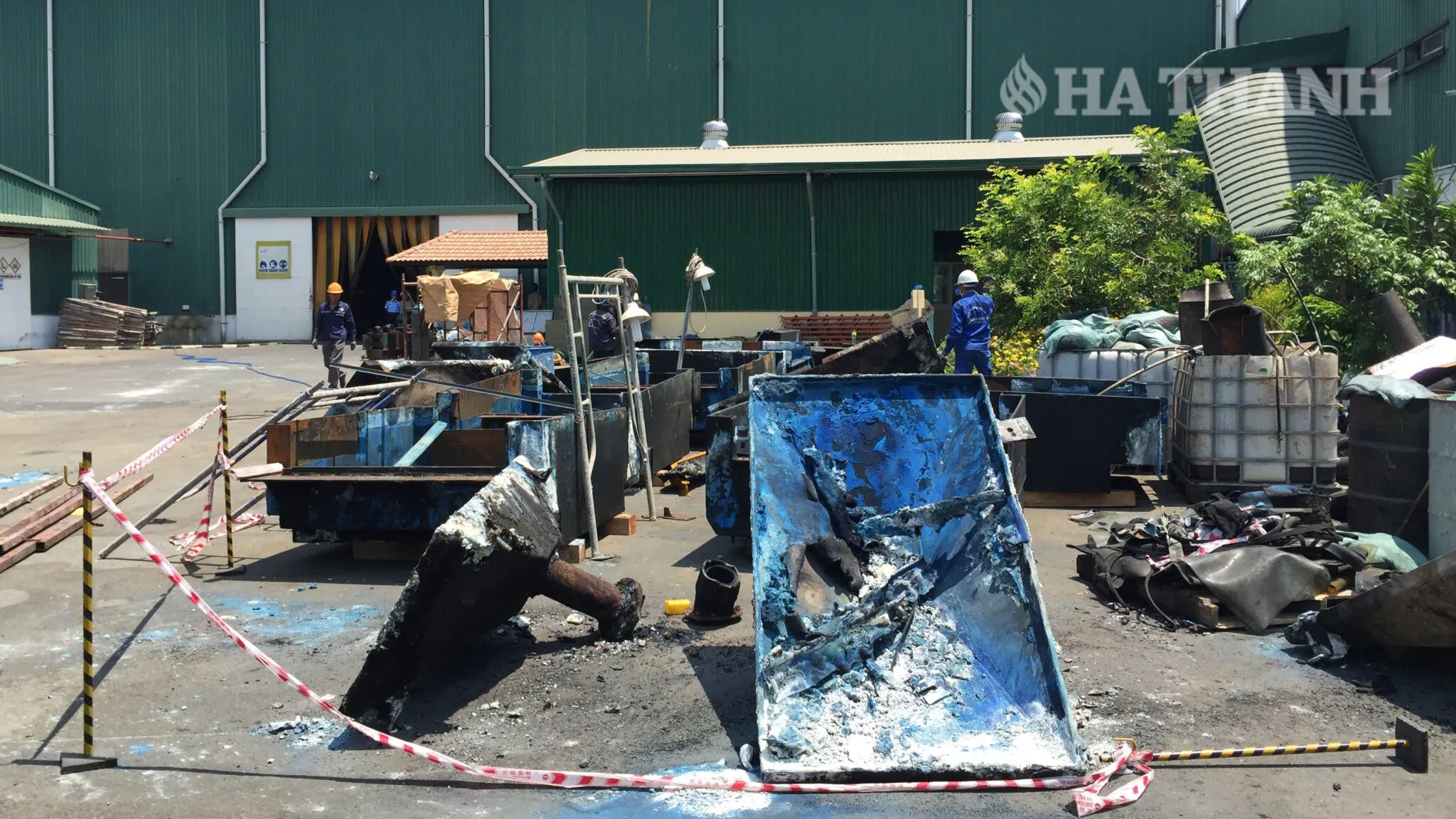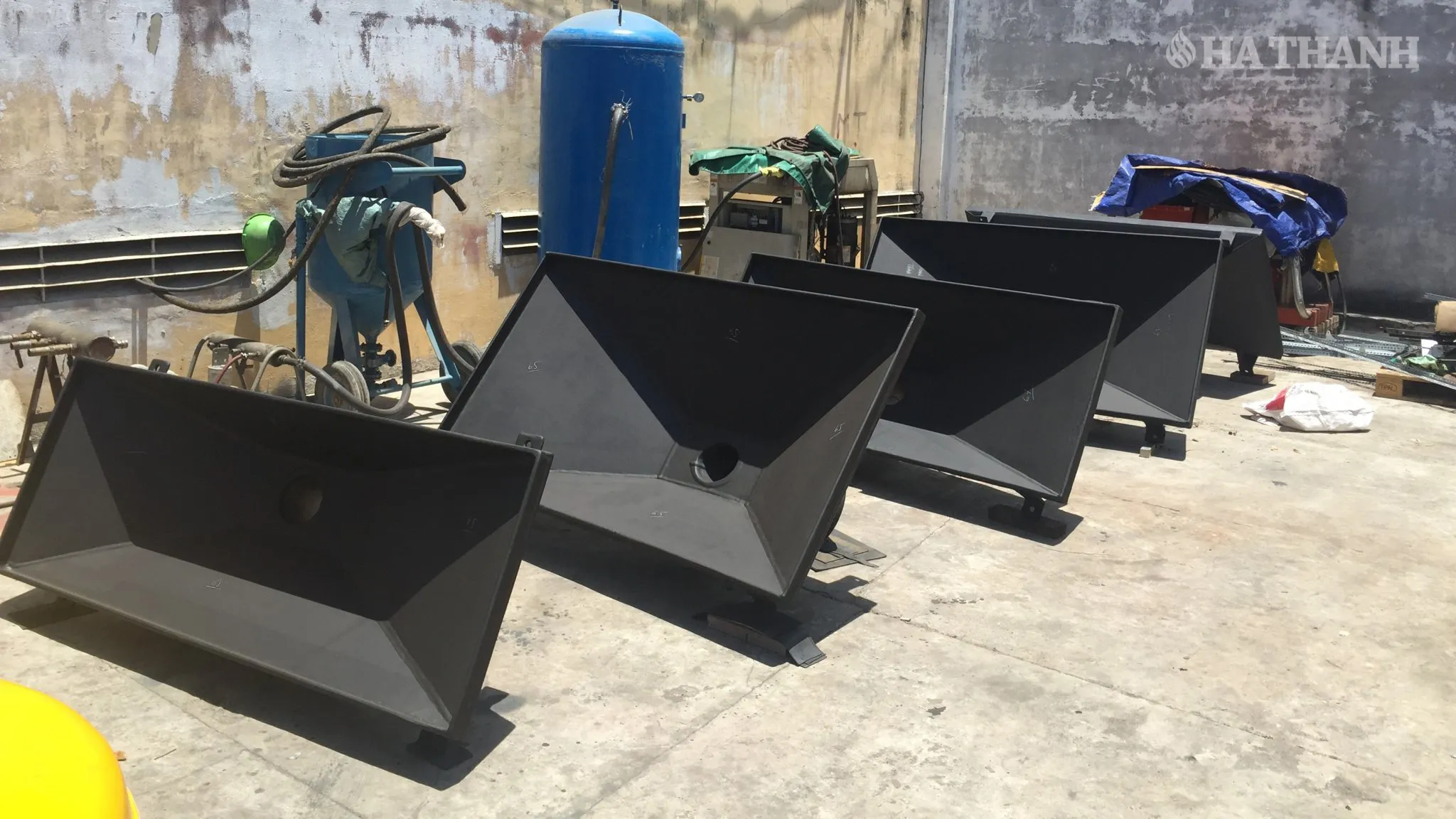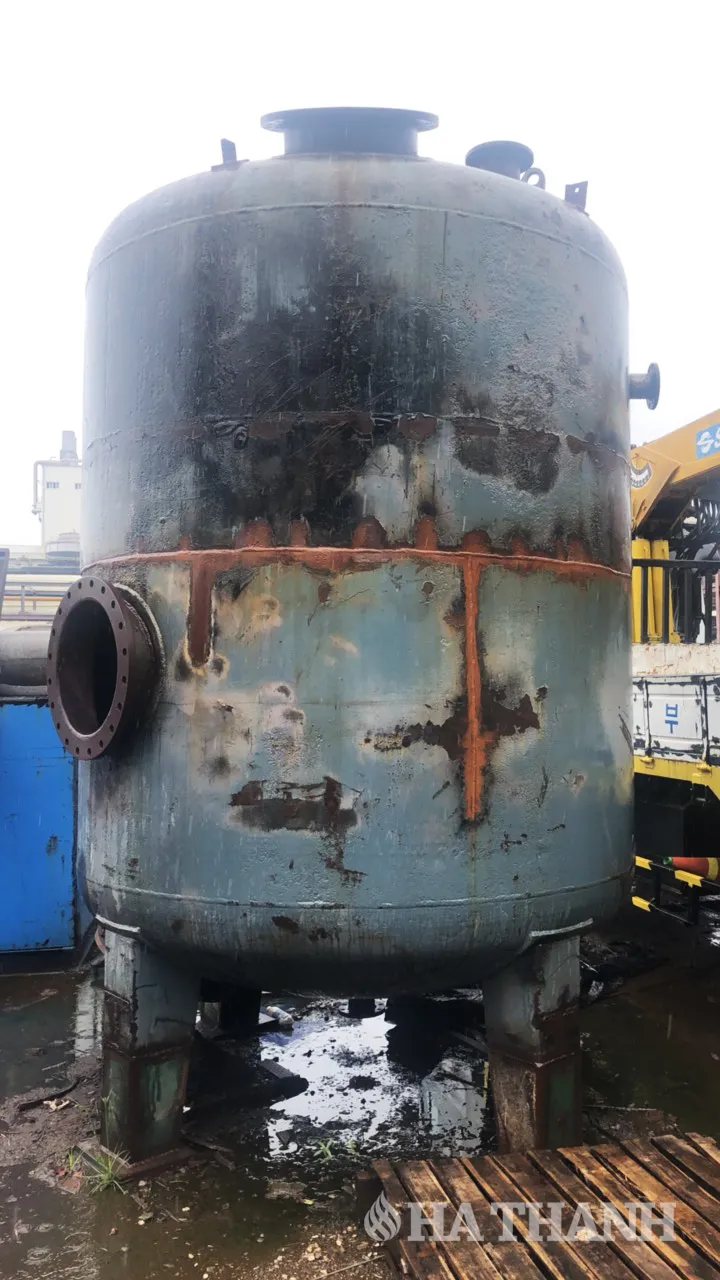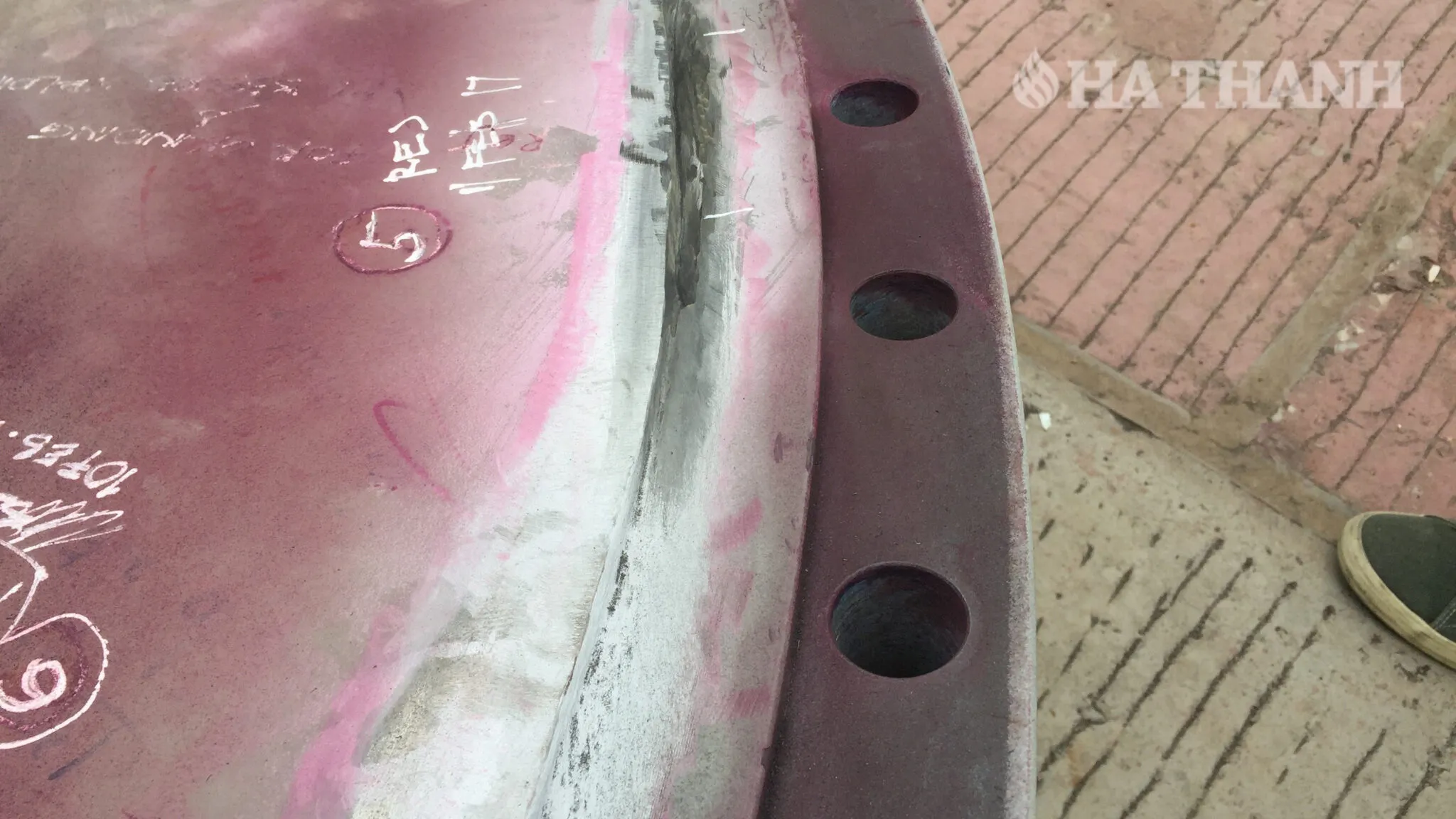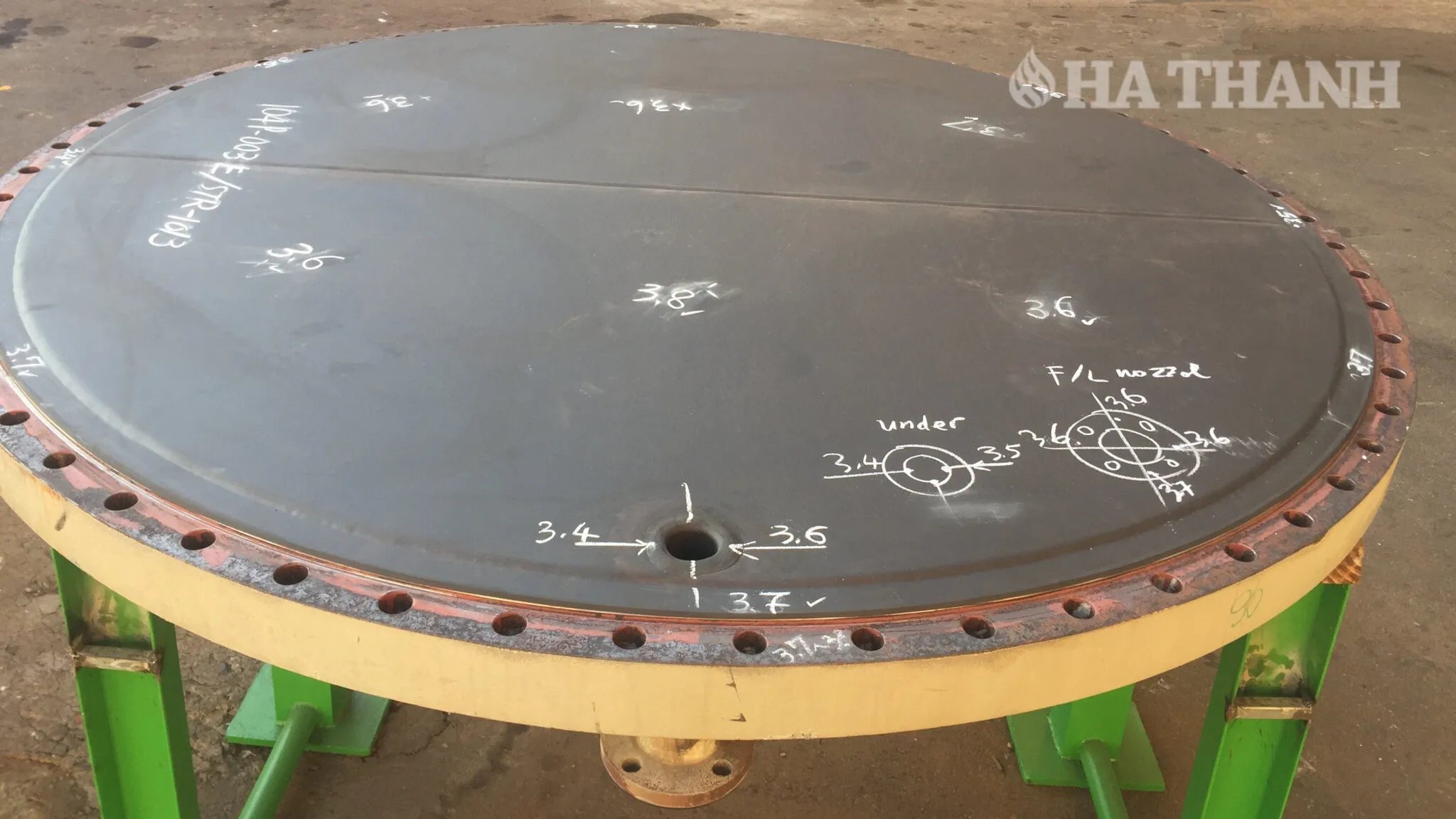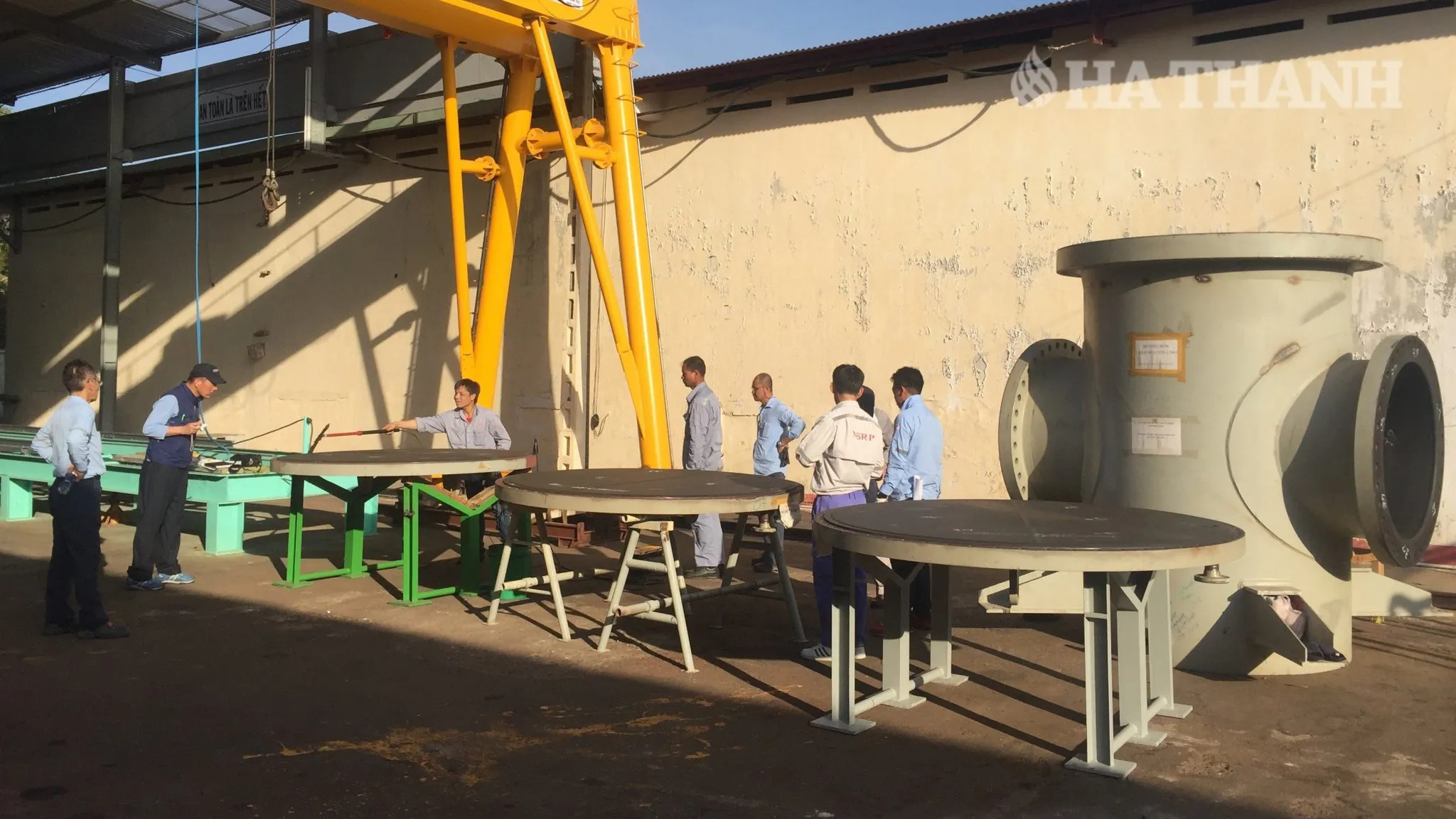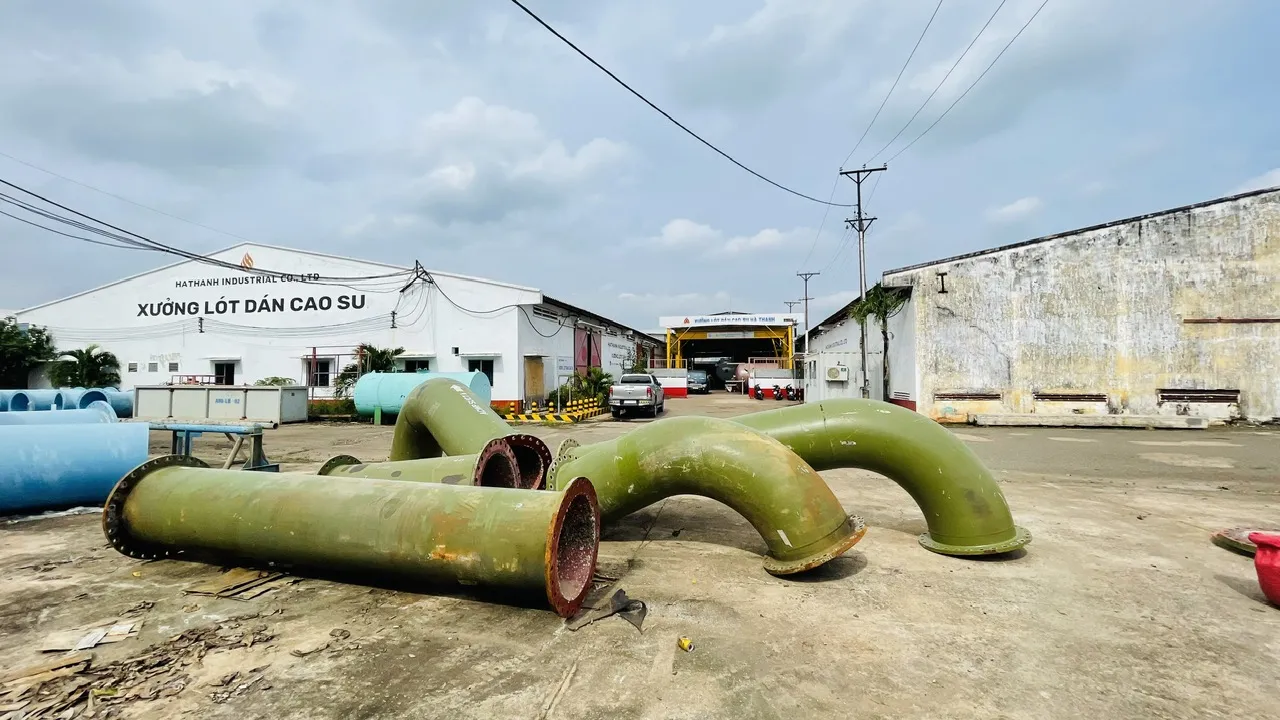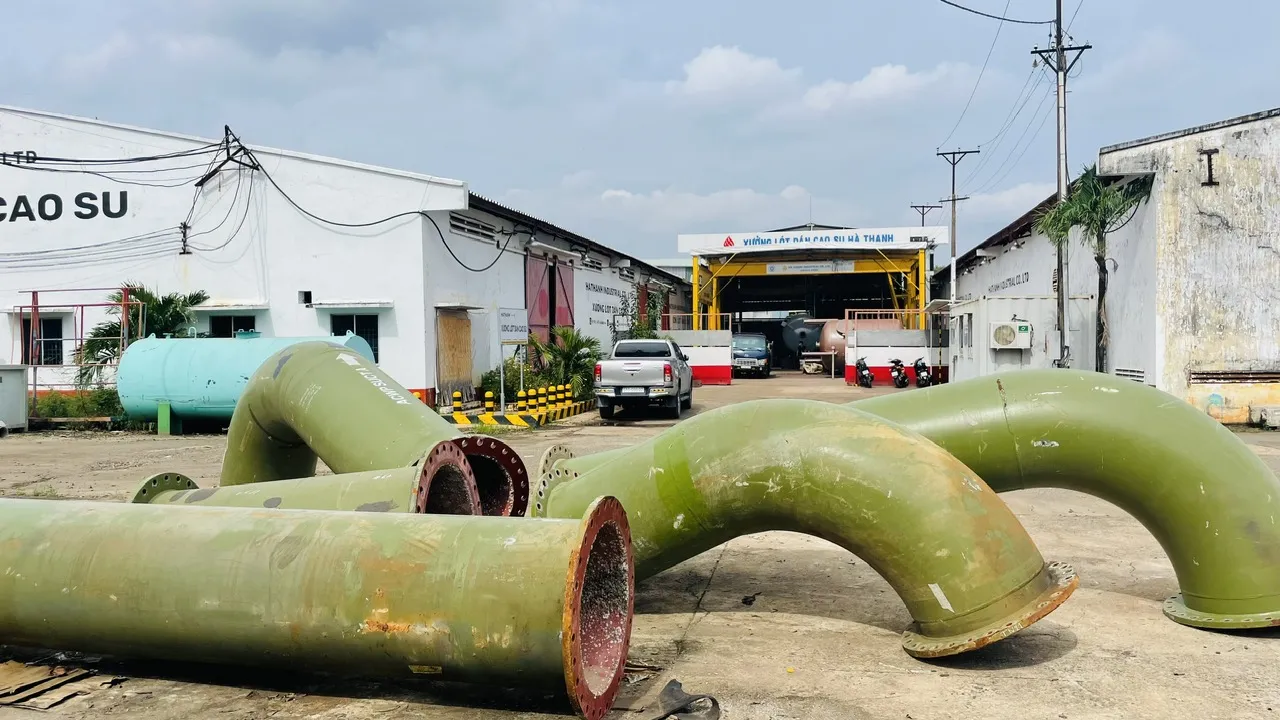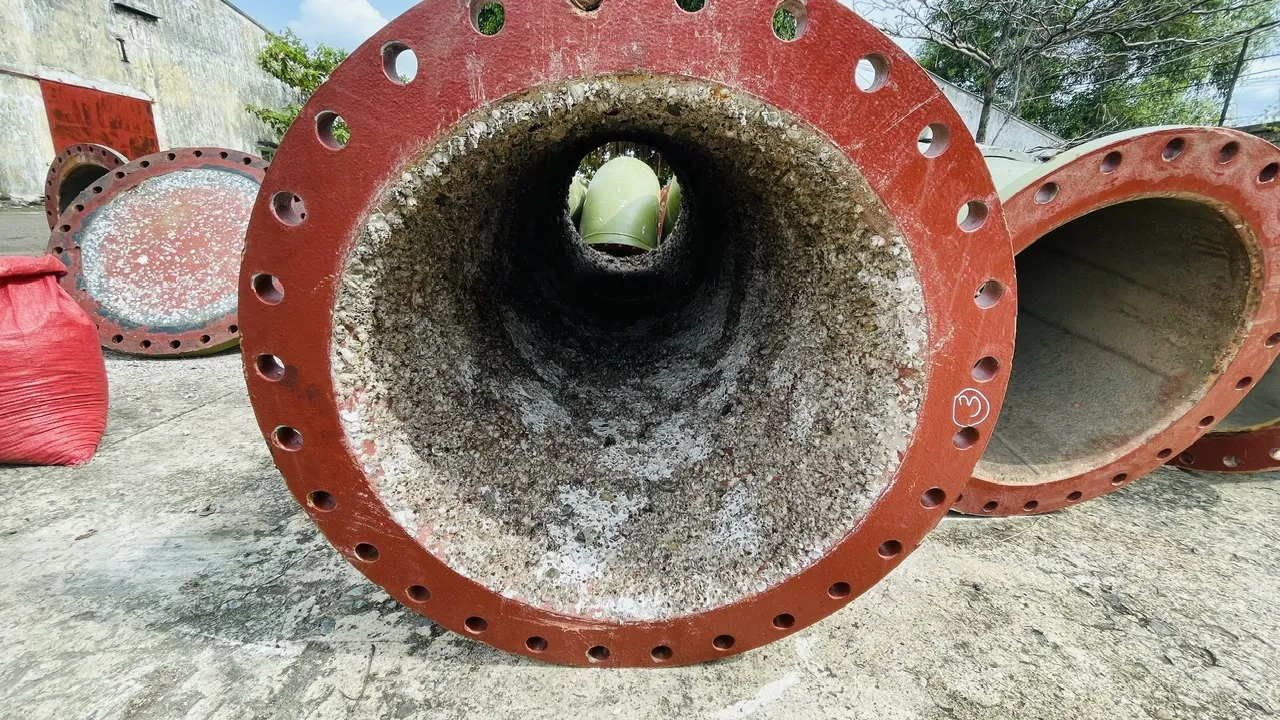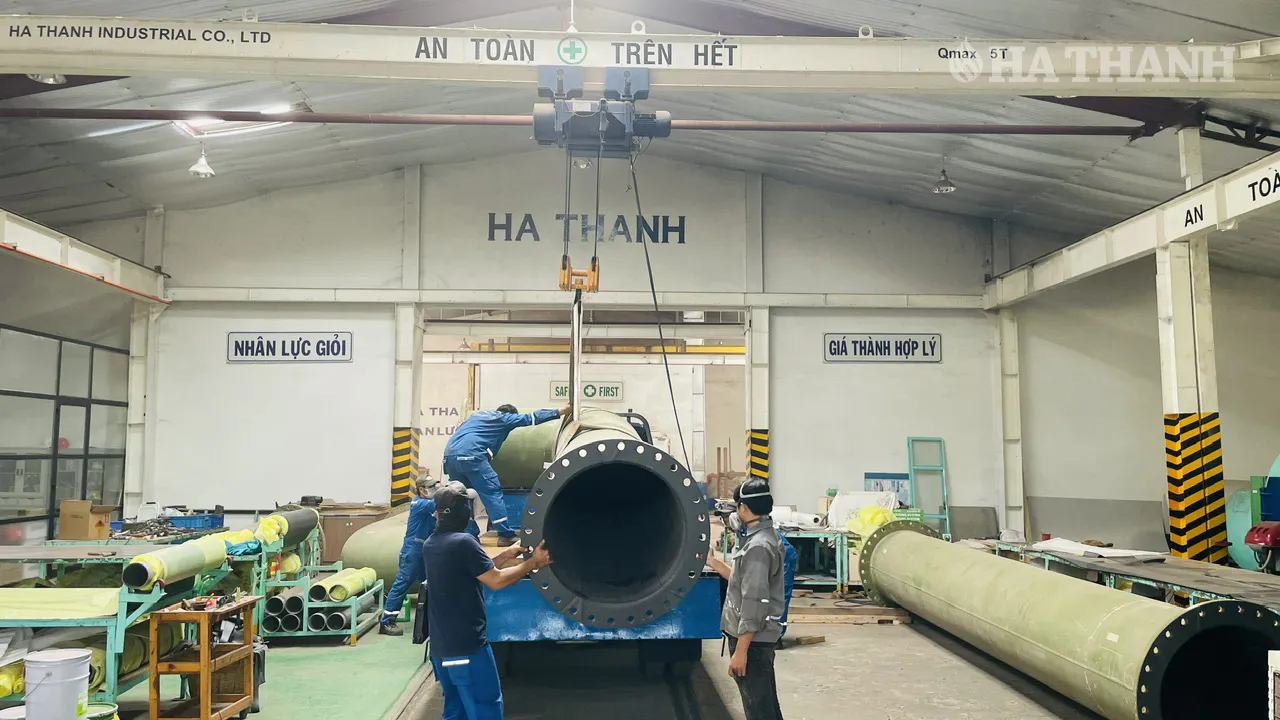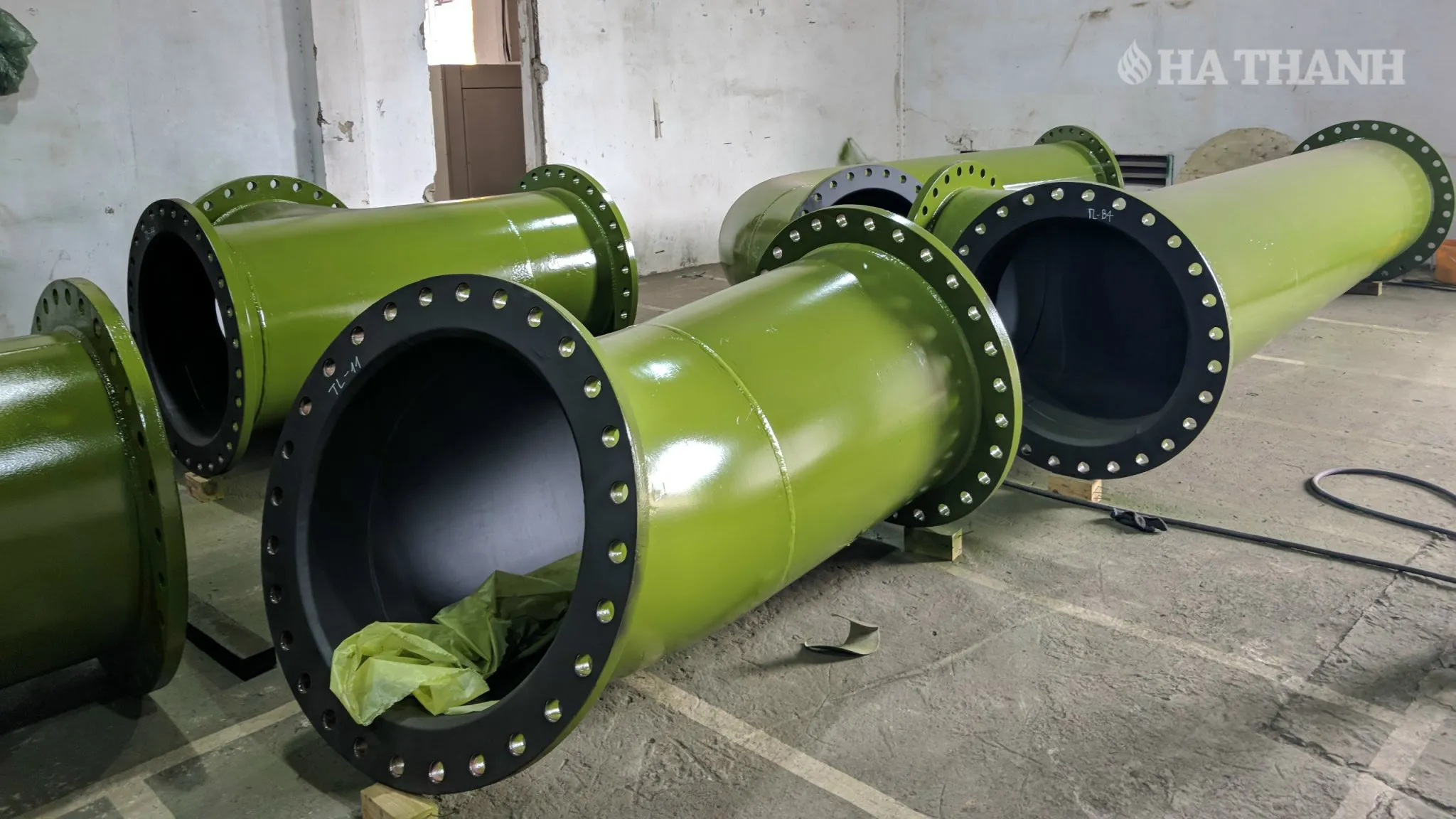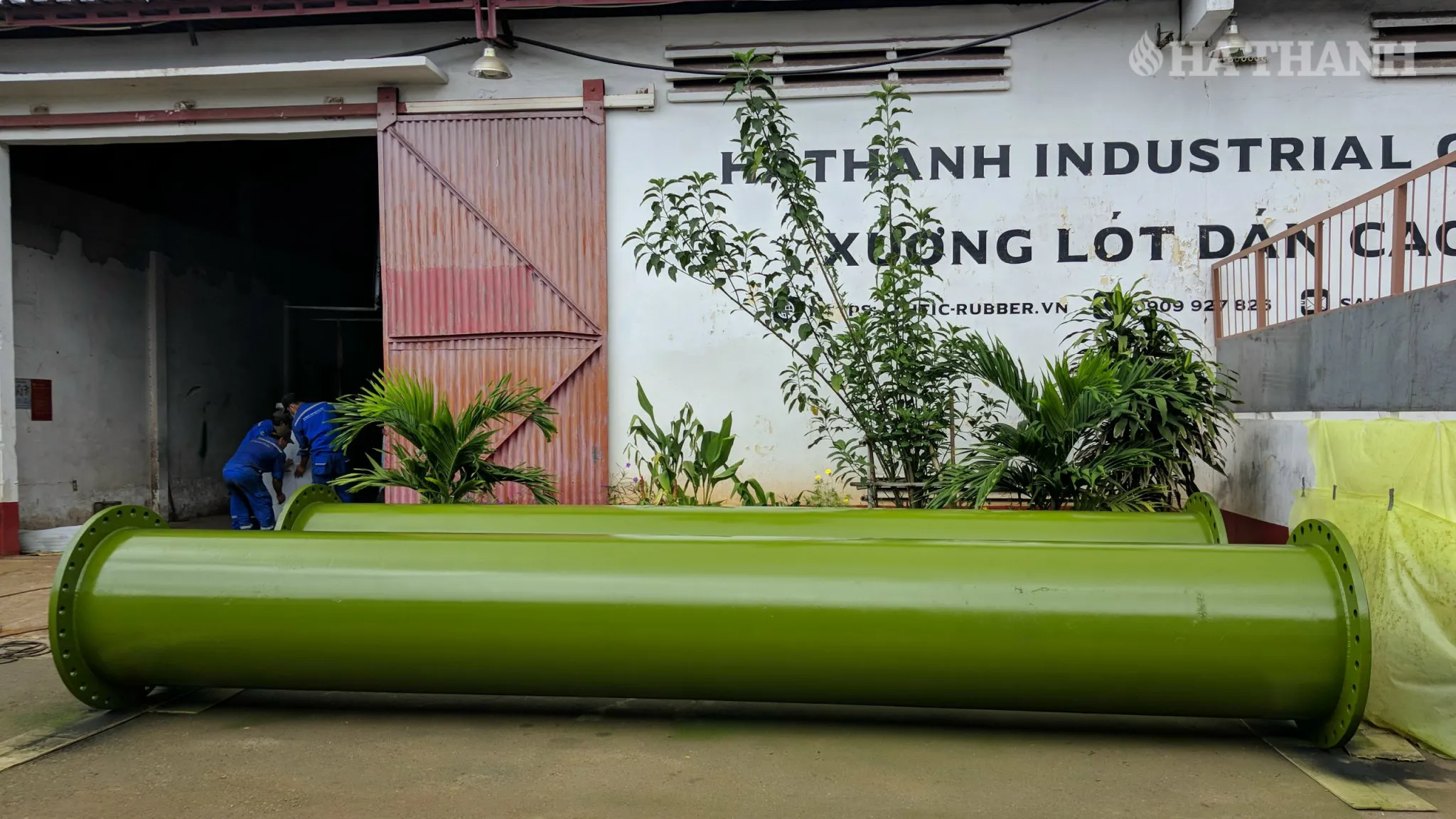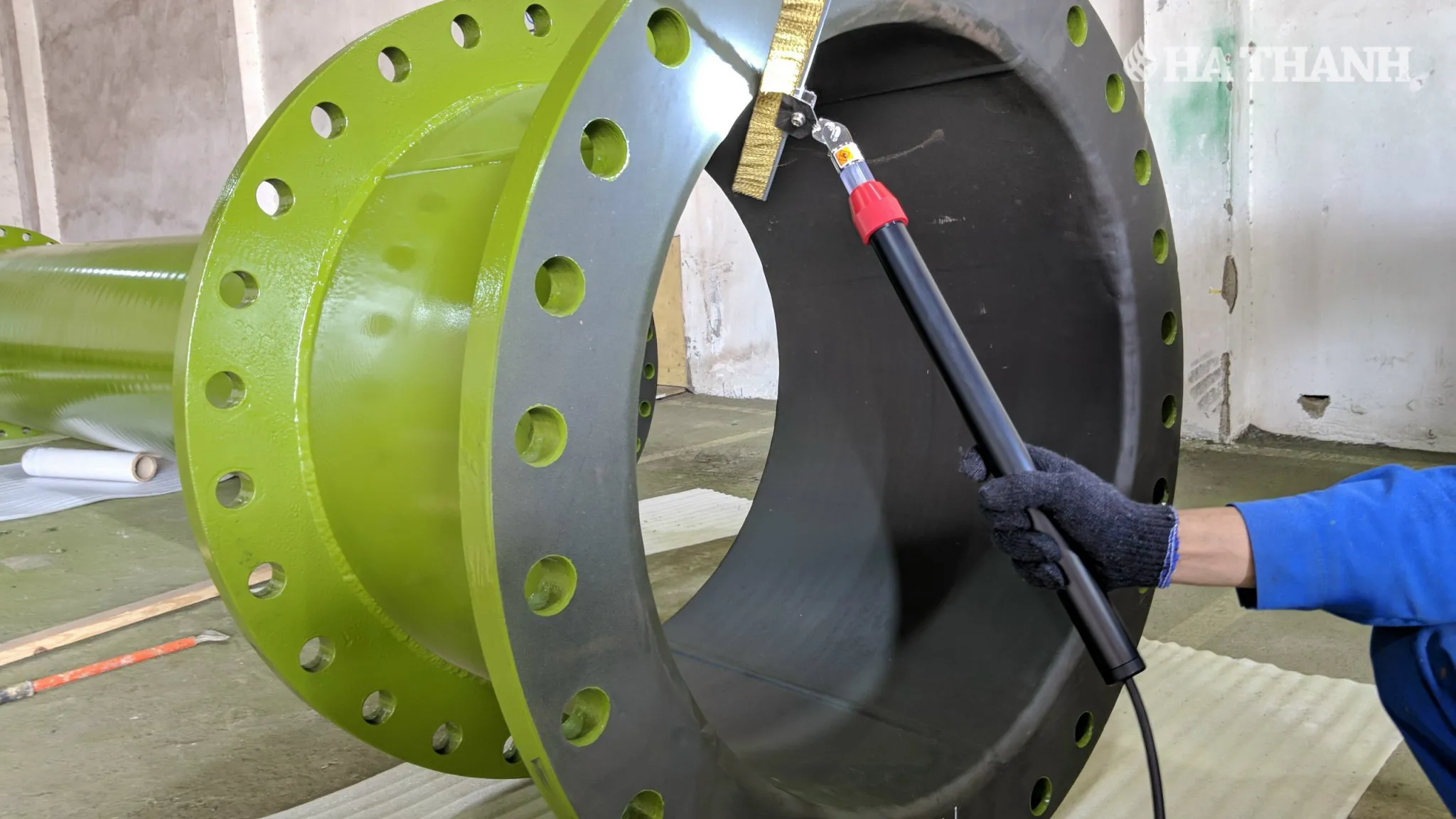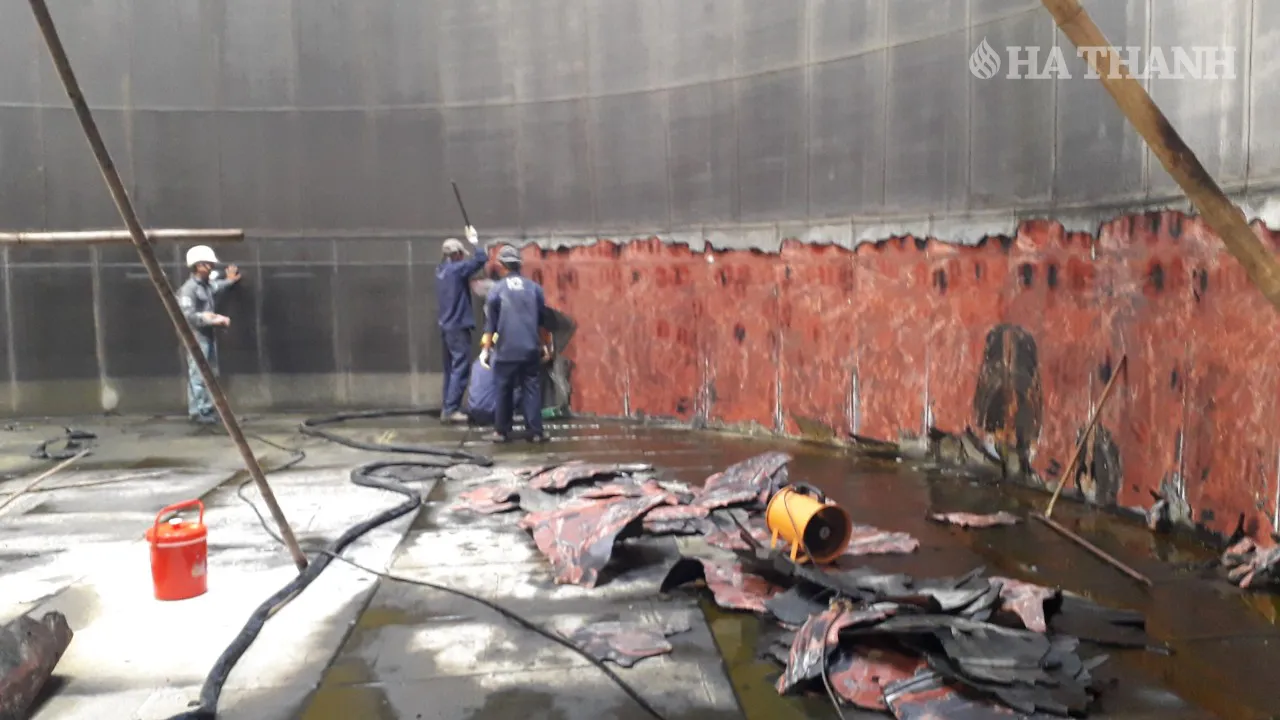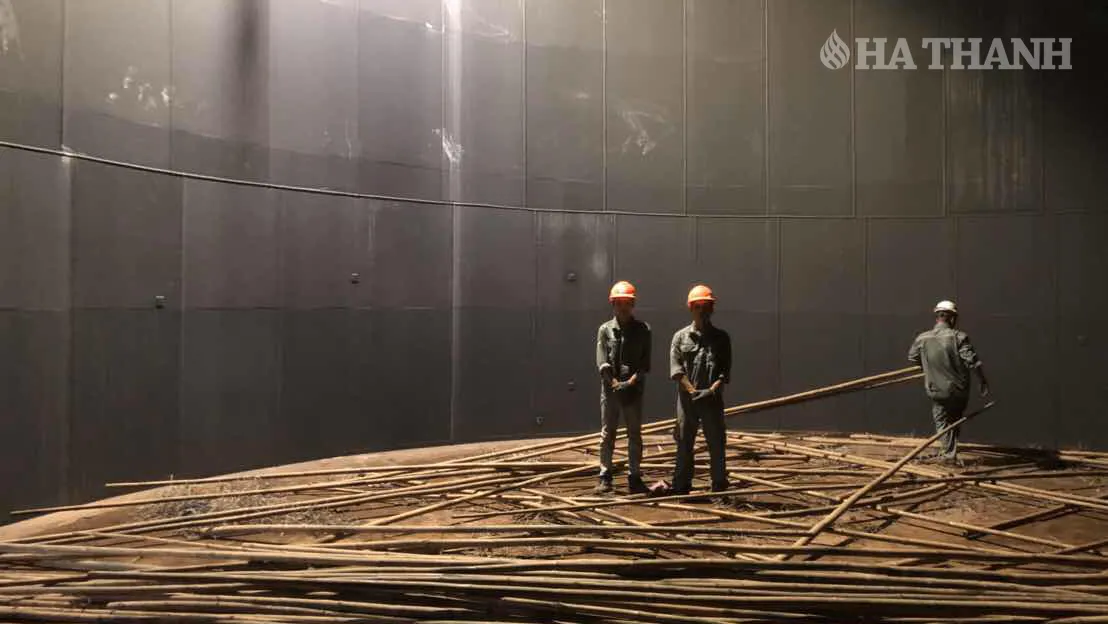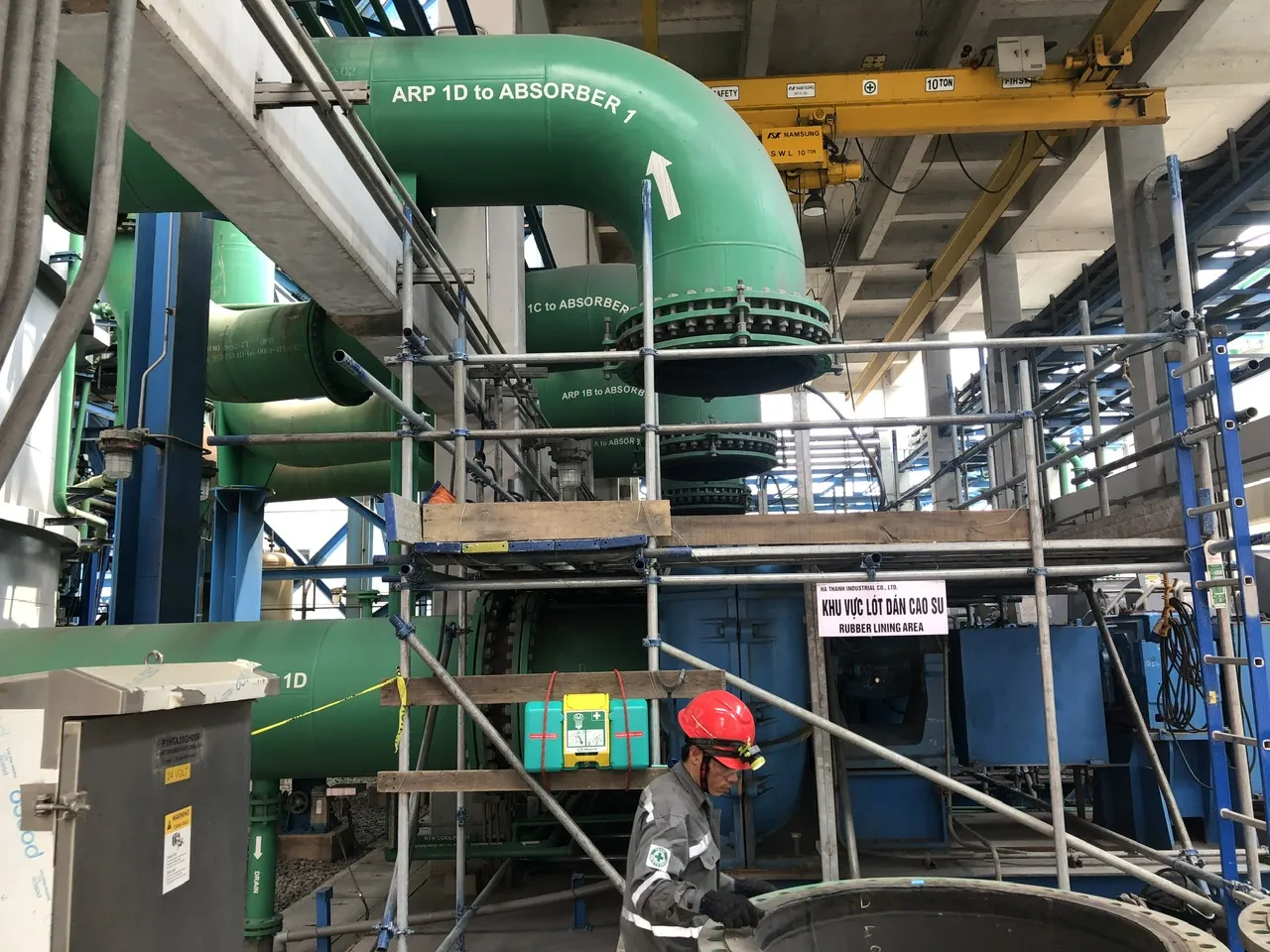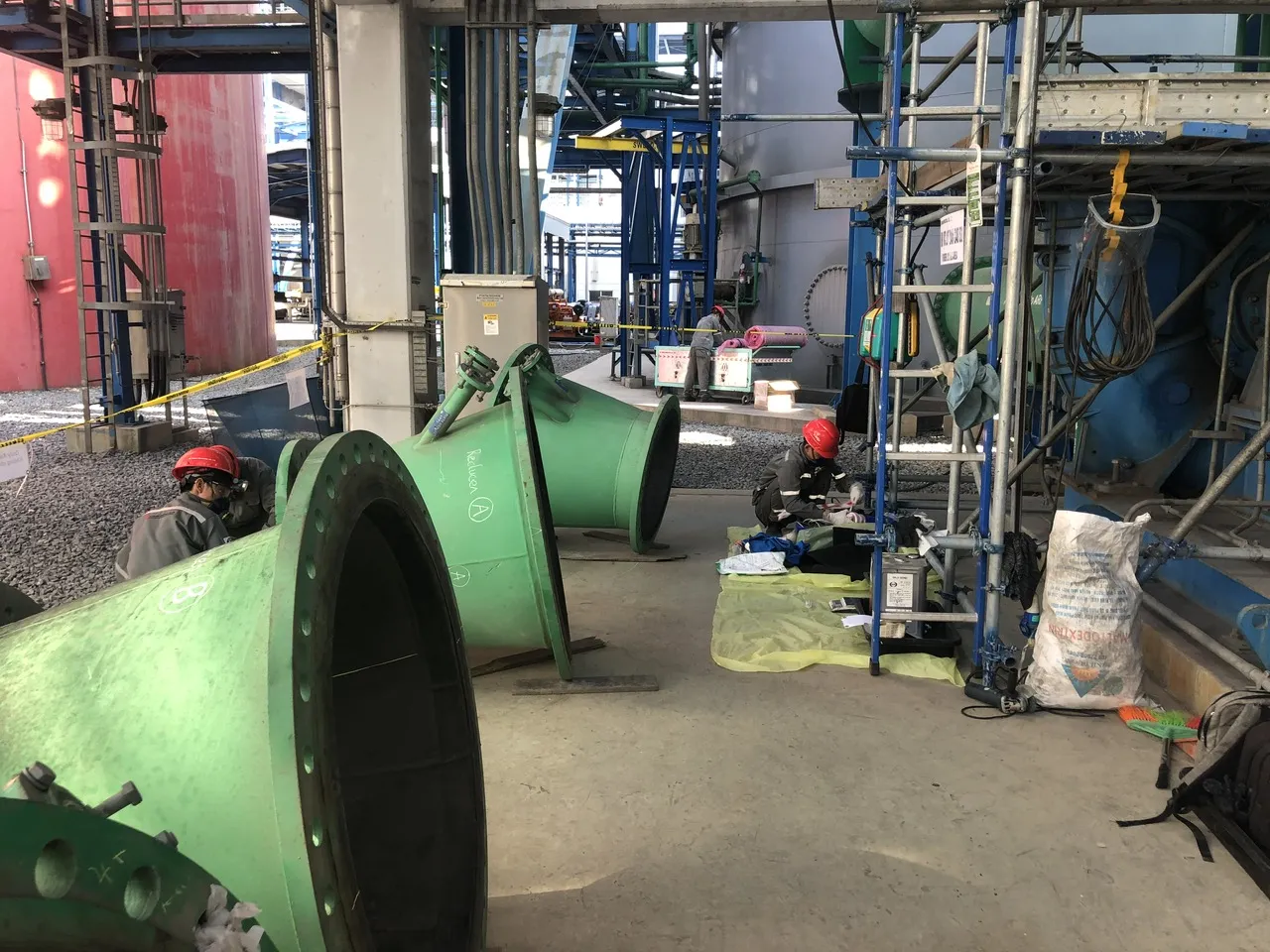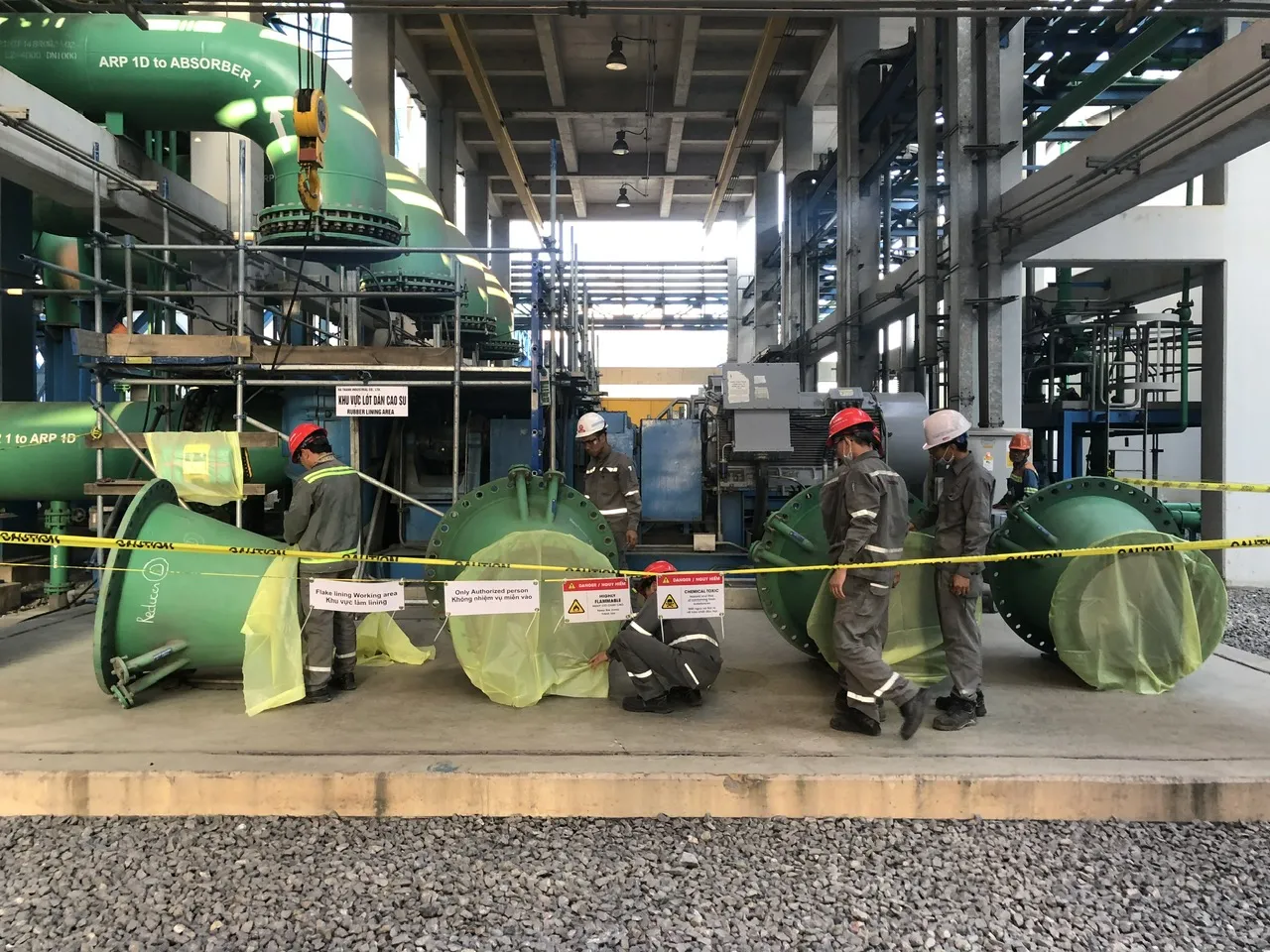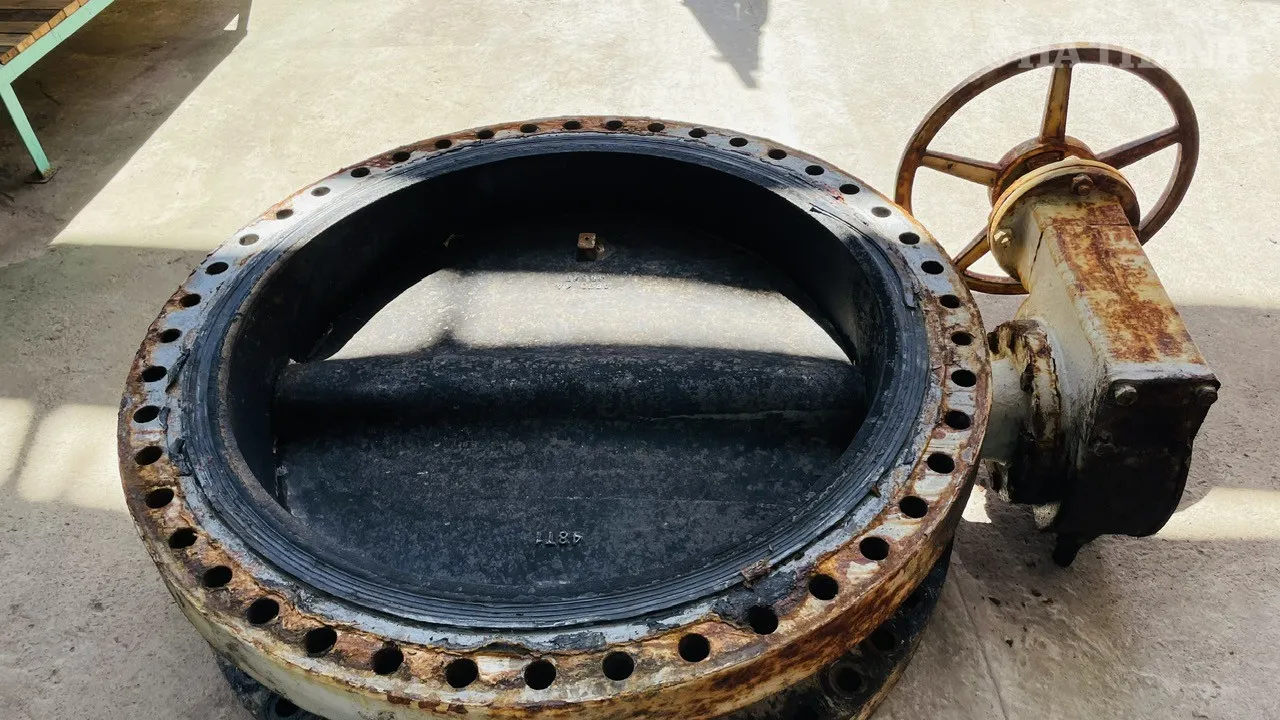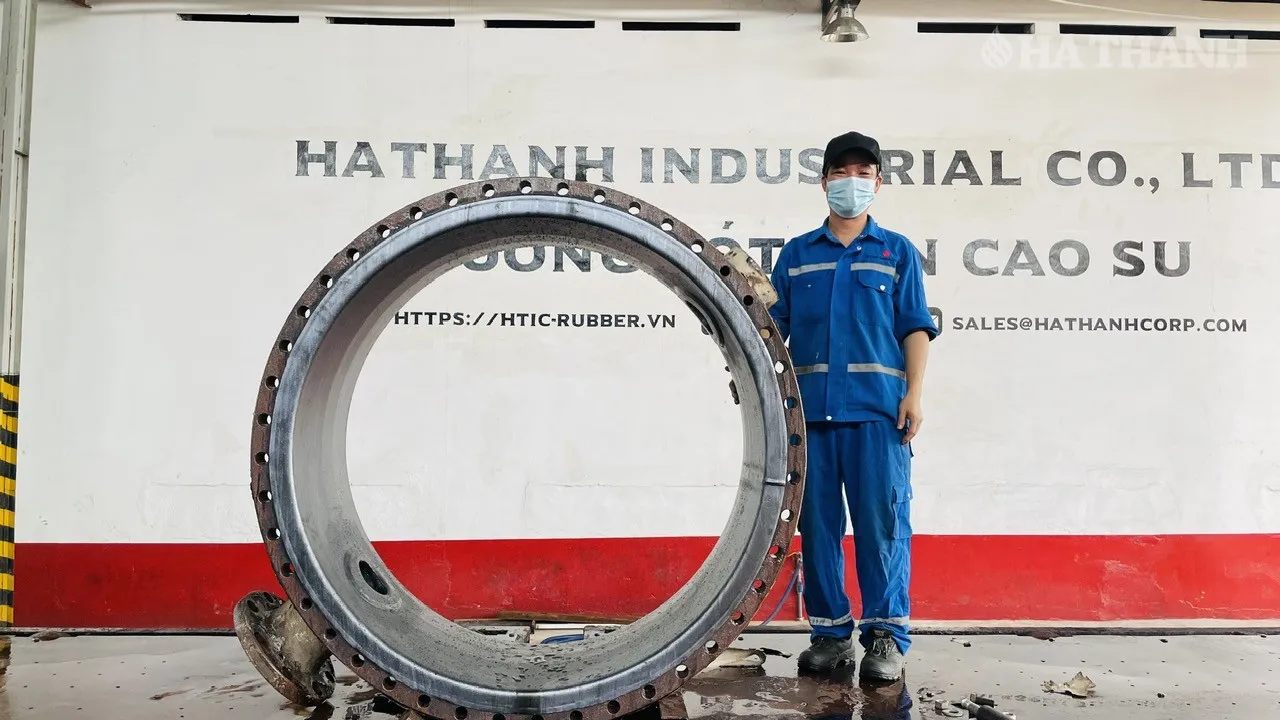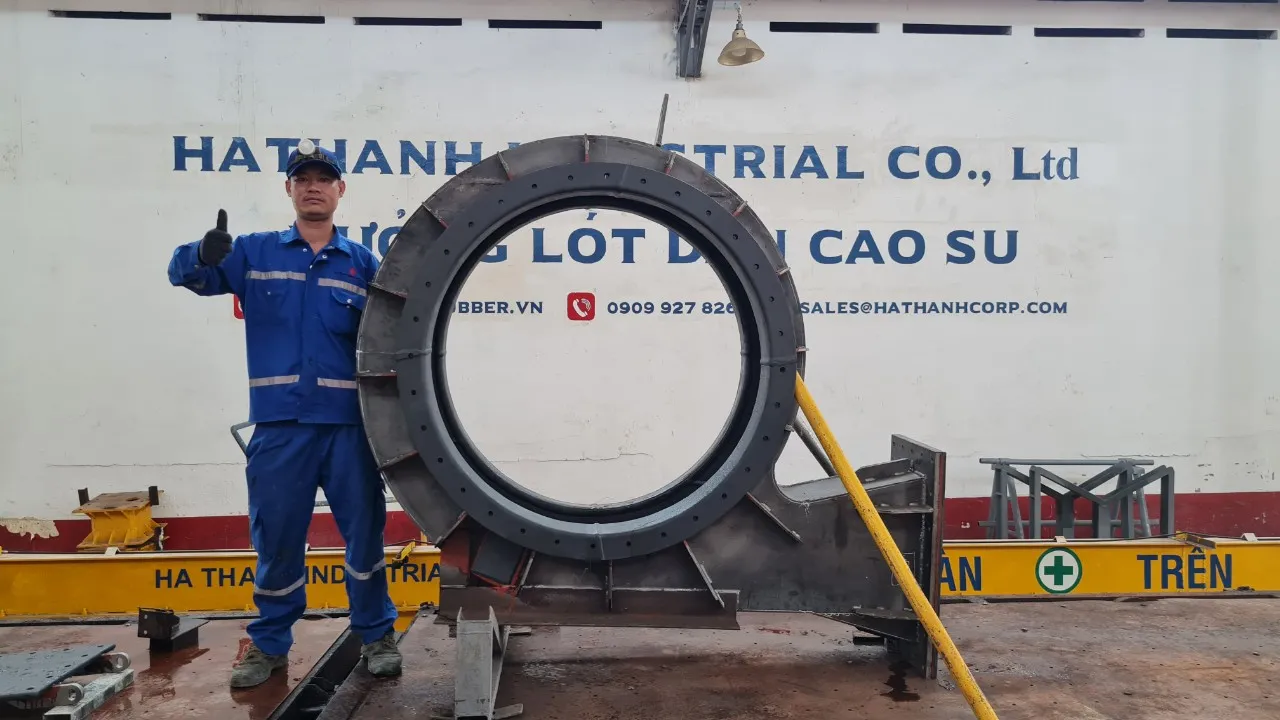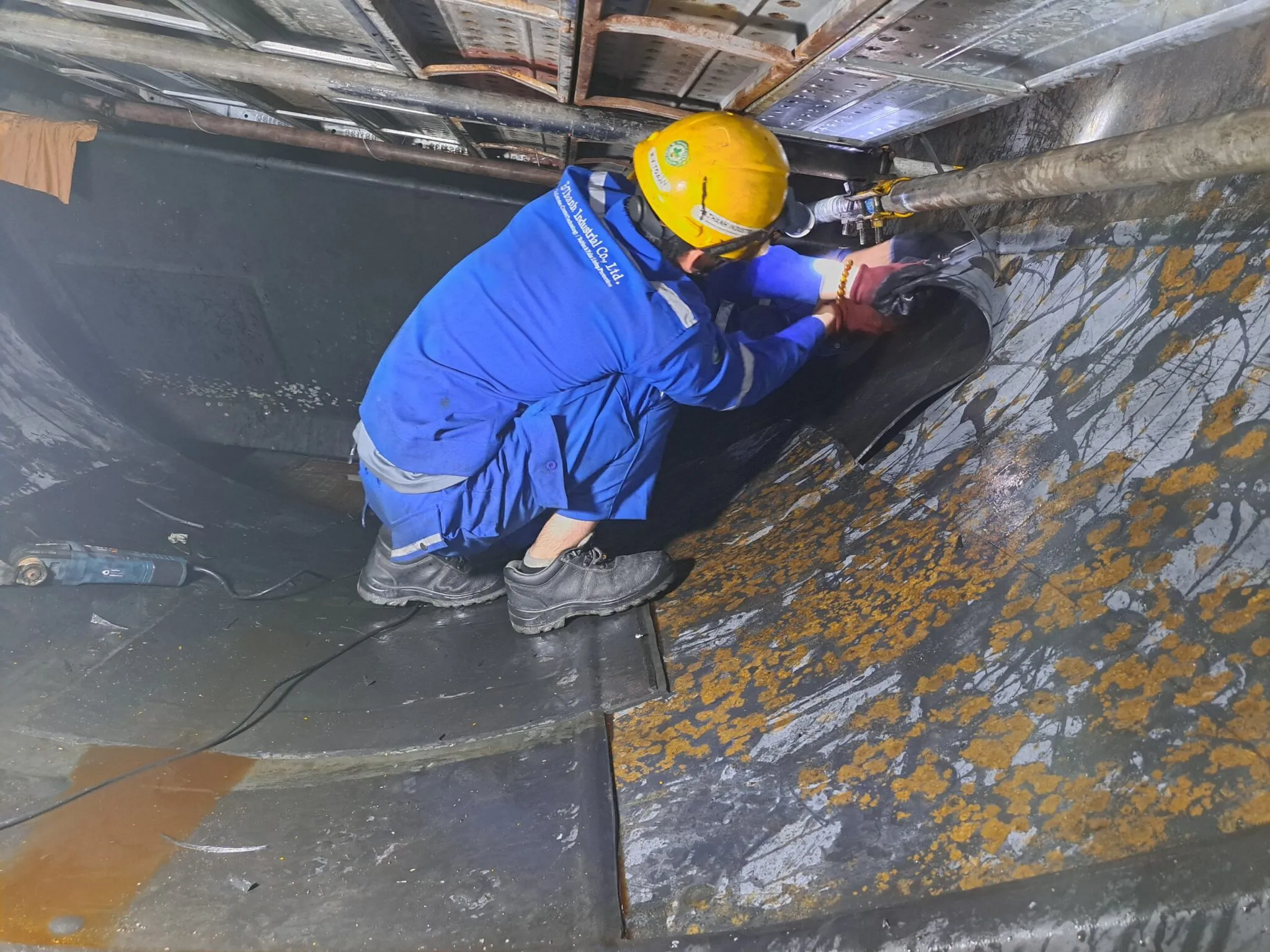Home – Services – Rubber Repair & Restoration – Rubber Maintenance and Repair Consulting
Rubber Repair & Restoration
Rubber Maintenance and Repair Consulting
Ha Thanh specializes in providing restoration and repair services for pressure-resistant rubber equipment in the industry. The services include repairing devices such as pressure vessels, pipelines, mixing tanks, and other metal components that have been damaged due to factors like corrosion, blisters, and aging. We employ various types of chemical-resistant rubber that are abrasion-resistant, enabling the equipment to operate effectively in harsh environments.
Our strengths

Experience and Diverse Equipment
Ha Thanh has extensive experience in rubber repairs for various equipment types, from pressure vessels and chemical tanks to other industrial devices. The company provides restoration and renovation services for equipment across multiple industrial sectors, effectively meeting customer needs.
24/7 Emergency Services
Ha Thanh offers round-the-clock emergency repair services, ensuring timely response to customer repair requirements. With diverse rubber and adhesive supplies, the company is ready to provide rapid support in urgent situations.
Advanced Repair Methods and Technologies
Ha Thanh applies professional repair methods such as hot bonding, cold bonding, and self-vulcanizing rubber technology according to the operating temperature of the equipment. This not only helps shorten the execution time but also reduces repair costs for customers.
Product Quality and Durability
Ha Thanh commits to providing new rubber linings with high quality, excellent chemical resistance, and high effectiveness in preventing corrosion and delamination. This ensures stable, safe, and long-lasting equipment performance under harsh working conditions.
Workflow
At our workshop, the rubber restoration and repair process is carried out professionally to ensure optimal quality for each product.
- STEP 01
Survey and inspect the condition of the rubber before repair
Ha Thanh's technical experts will directly inspect the equipment, using appropriate testing methods (visual observation, measurement, leak testing, etc.) to gather detailed information.Ha Thanh's technical experts will directly inspect the equipment, using appropriate testing methods (visual observation, measurement, leak testing, etc.) to gather detailed information.01 - STEP 02
Clean the equipment surface using abrasive blasting or electrical equipment
The surface will be cleaned using abrasive blasting or electrical equipment to remove dirt, grease, and the old rubber layer. This process ensures that no impurities remain on the adhesive surface.The surface will be cleaned using abrasive blasting or electrical equipment to remove dirt, grease, and the old rubber layer. This process ensures that no impurities remain on the adhesive surface.02 - STEP 03
Remove the old rubber layer and line with a new rubber layer
Specialized tools will be used to remove the old rubber layer from the equipment surface. The methods must ensure that the internal metal structure of the equipment is not damaged.Specialized tools will be used to remove the old rubber layer from the equipment surface. The methods must ensure that the internal metal structure of the equipment is not damaged.03 - STEP 04
Apply rubber bonding techniques to the inside and outside of the equipment
Technicians will apply the new rubber layer to the cleaned and prepared surfaces; the layers are securely bonded and properly aligned according to technical requirements. Hot or cold bonding technology will then be applied, depending on the specific requirements of the equipment and the properties of the rubber material.Technicians will apply the new rubber layer to the cleaned and prepared surfaces; the layers are securely bonded and properly aligned according to technical requirements. Hot or cold bonding technology will then be applied, depending on the specific requirements of the equipment and the properties of the rubber material.04 - STEP 05
Vulcanize the equipment in an autoclave
The equipment is placed in an autoclave or vulcanizing oven to carry out the necessary chemical process, increasing the durability and physical properties of the new rubber layer.The equipment is placed in an autoclave or vulcanizing oven to carry out the necessary chemical process, increasing the durability and physical properties of the new rubber layer.05 - STEP 06
Evaluate and accept the product, ensuring quality before use
Experts will perform a final inspection to ensure all quality standards are maintained. If the equipment meets the requirements, it will be accepted and handed over to the customer.Experts will perform a final inspection to ensure all quality standards are maintained. If the equipment meets the requirements, it will be accepted and handed over to the customer.06
Images
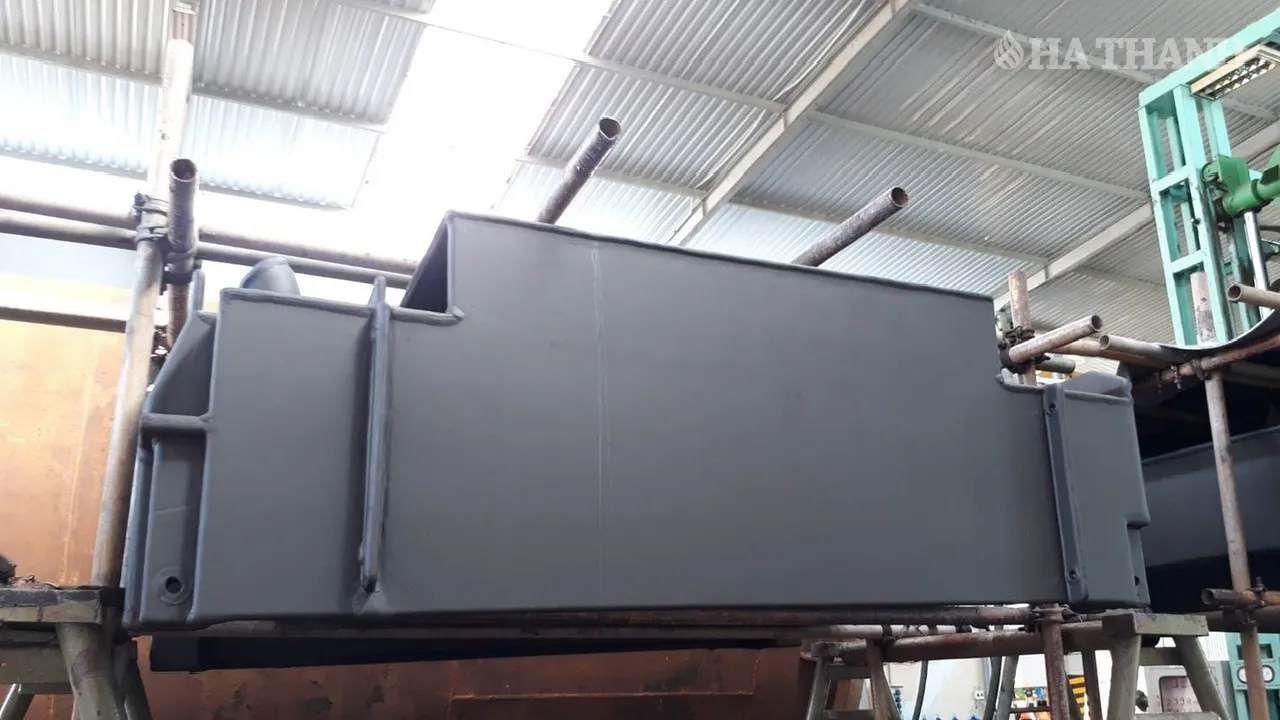
New rubber layer of high quality, hardness, and thickness meeting excellent chemical resistance against corrosion
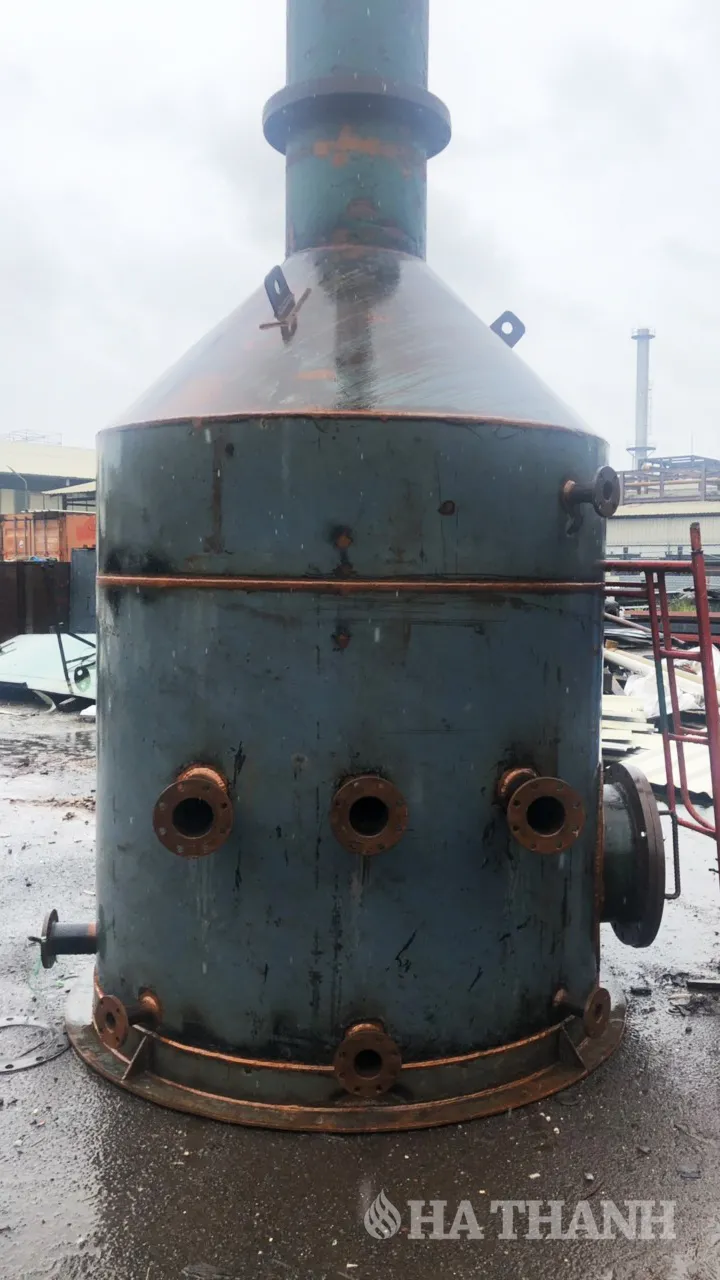
Removal of old rubber and application of new rubber lining for HCl solution towers and Cl2 gas at 95°C
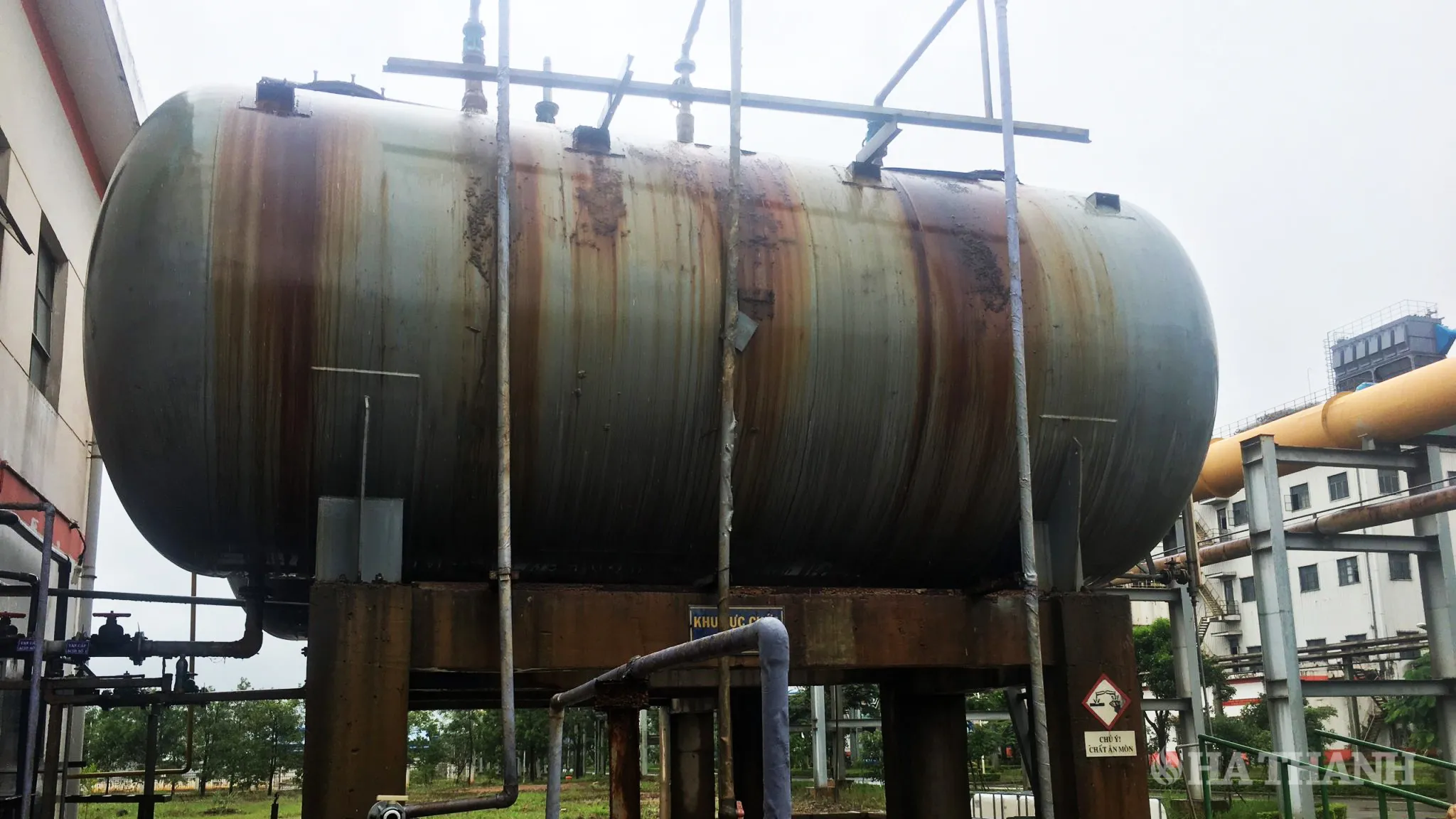
Corrosion repair for NaOH caustic tanks – removing the soft rubber layer and replacing it with hard E-7 rubber, 5mm thick
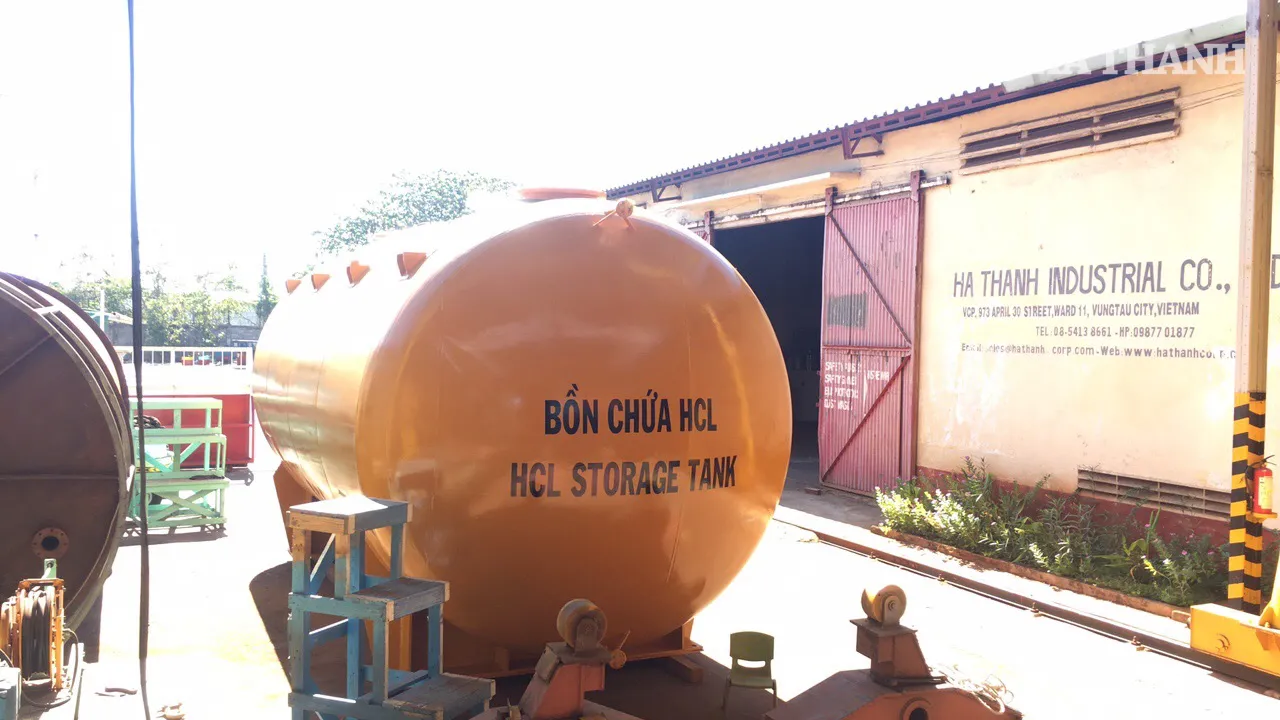
Restore the corroded 32% HCl and NaOH tanks and reline with 5mm E-7 hard rubber, vulcanized in an autoclave
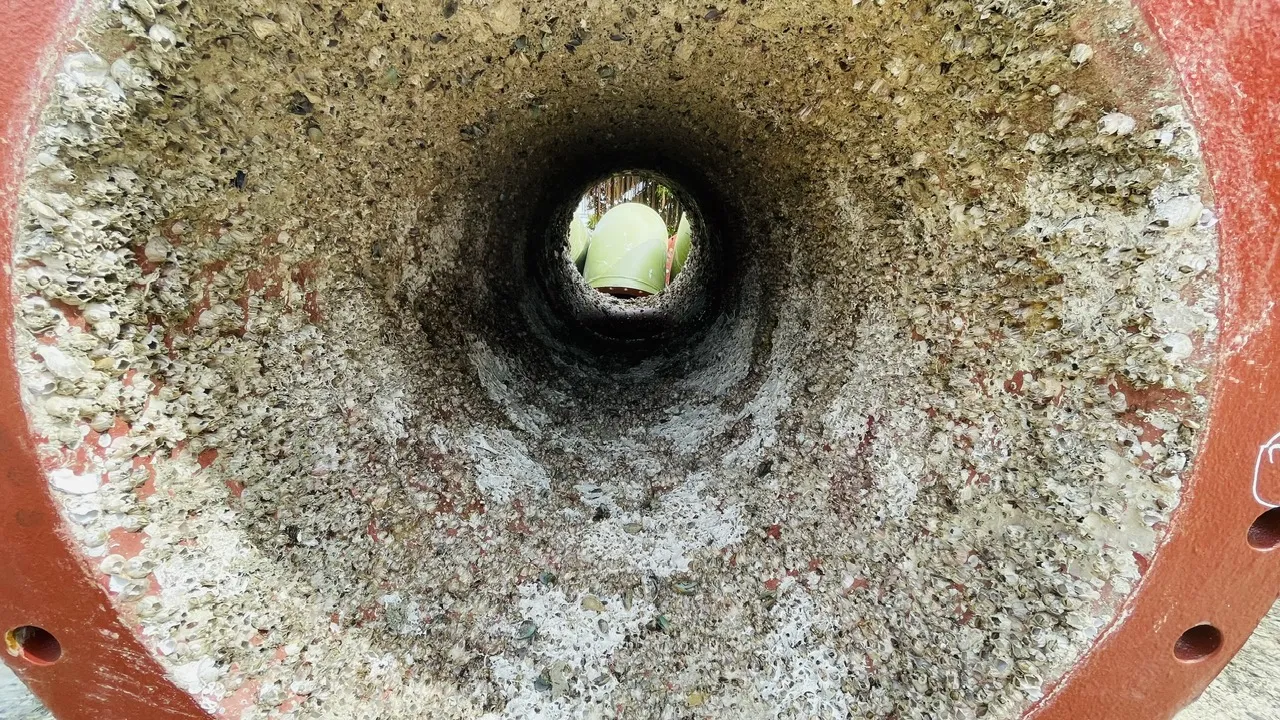
Thick barnacle accumulation causing flow blockage and maintenance difficulties, leading to high costs
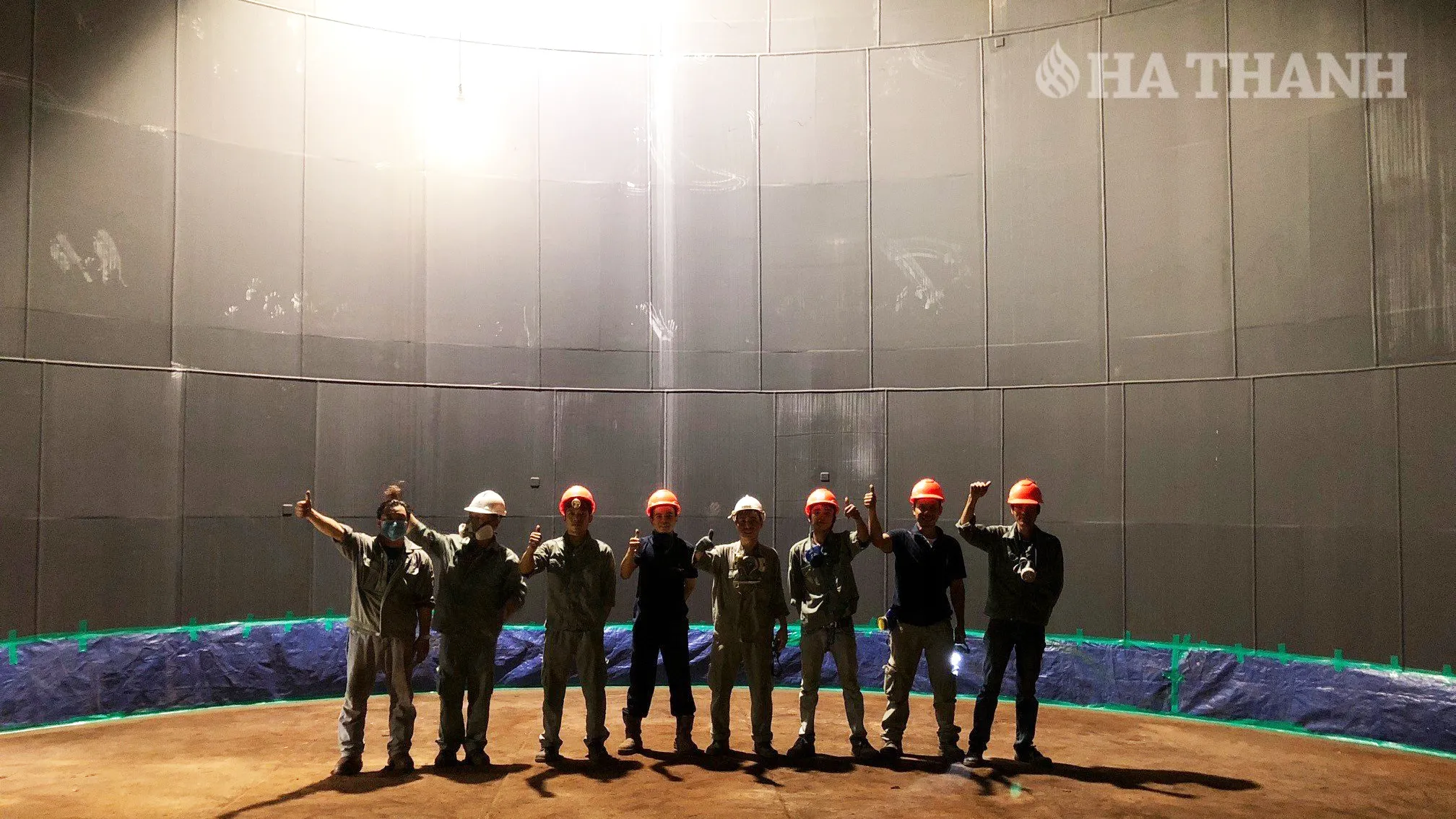
Ha Thanh employs both cold and hot vulcanization techniques for corrosion-resistant rubber types against acids like HCl, NaClO, H2SO4, H3PO4 at corrosive concentrations and temperatures up to 95°C

The image above shows a 1500m3 chemical storage tank. Ha Thanh re-lined with E-15 rubber, 5mm thick, resistant to HCl 32% acid at 85°C



